Maples Roots Run Deep
Maples Roots Run Deep in Sandhills Golf Design
“The holes on a golf course have to be found, and the land in its natural state used to is best advantage. Nature can always beat the handiwork of man, and to achieve the best and most satisfactory results in laying out a golf course, you must humor nature.” WILLIE PARK JR.
By Lee Pace
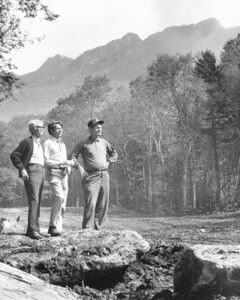 The men who have come to Pinehurst throughout more than a century to find golf holes amidst the sandy, rolling terrain have humored and nurtured the ground with infinite skill, passion and creativity.
The men who have come to Pinehurst throughout more than a century to find golf holes amidst the sandy, rolling terrain have humored and nurtured the ground with infinite skill, passion and creativity.
Millions of years ago, the Atlantic Ocean covered what is now dry land along the East Coast. During the Miocene Epoch, the ocean receded and left a strip of what is now ancient coastline and beach deposits. Pinehurst and the area known as the Sandhills are part of that band some 30 miles across and 80 miles long, and when a Scotsman schooled in golf instruction, green keeping and club-making arrived in Pinehurst in 1900, he found a comforting parallel with the land and the “Home of Golf” in St. Andrews.
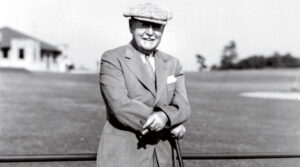 Donald Ross would evolve into a full-time golf course architect and create Pinehurst golf in the Caledonian image he knew so well — firm ground, plenty of width to play bold or safe and intricate green surrounds to test the player’s short game.
Donald Ross would evolve into a full-time golf course architect and create Pinehurst golf in the Caledonian image he knew so well — firm ground, plenty of width to play bold or safe and intricate green surrounds to test the player’s short game.
“He was particularly attracted to the soil conditions here, as they reminded him of the old links land at home,” said Richard Tufts of the Pinehurst founding family. “Even our native wire grass seemed to remind him of the whins he knew in Scotland.”
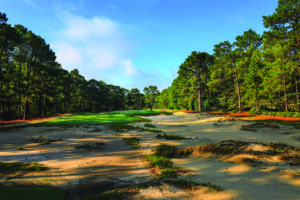 Ross designed and built four courses at Pinehurst Resort & Country Club by 1919, and the No. 2 course which reached its final configuration in 1935 was then and remains one of the most revered layouts in the world. No. 2 has been the venue for three U.S. Opens, one U.S Women’s Open, one PGA Championship, one Ryder Cup and three U.S. Amateurs, with many more national championships to come. He also designed Southern Pines Golf Club, Mid Pines and Pine Needles.
Ross designed and built four courses at Pinehurst Resort & Country Club by 1919, and the No. 2 course which reached its final configuration in 1935 was then and remains one of the most revered layouts in the world. No. 2 has been the venue for three U.S. Opens, one U.S Women’s Open, one PGA Championship, one Ryder Cup and three U.S. Amateurs, with many more national championships to come. He also designed Southern Pines Golf Club, Mid Pines and Pine Needles.
And alongside Ross most of the way was a member of the Maples family, and members of that family tree have had a hand in the design of multiple courses in the Sandhills.
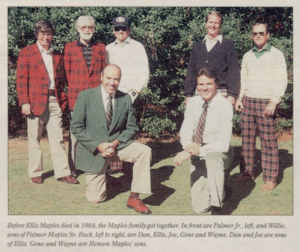 James Maples Jr. was born in 1856 in Pinehurst and, of his nine children, three of them, Frank, Walter and Angus, made at least some part of their living in golf course construction and maintenance and have spawned sons and grandchildren who’ve carried the golfing torch.
James Maples Jr. was born in 1856 in Pinehurst and, of his nine children, three of them, Frank, Walter and Angus, made at least some part of their living in golf course construction and maintenance and have spawned sons and grandchildren who’ve carried the golfing torch.
Frank Maples was Ross’s right-hand man in construction and course maintenance the first half of the 20th century. Angus helped construct Pine Needles in the late 1920s and later was course superintendent.
Angus’s son Palmer was a lifetime golf pro, spending nearly three decades at Benvenue Country Club in Rocky Mount, and two of his four children, Palmer Jr. and Willie, made their livings in golf.
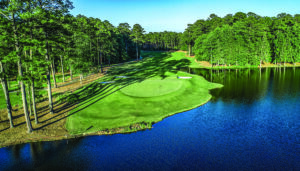 Frank’s two sons were Ellis and Henson. Ellis designed some 70 courses throughout the region, most notably the Dogwood Course (with Willard Byrd) at the Country Club of North Carolina in Pinehurst and Grandfather Golf & Country Club in Linville, and Henson was course superintendent at Pinehurst for 30 years.
Frank’s two sons were Ellis and Henson. Ellis designed some 70 courses throughout the region, most notably the Dogwood Course (with Willard Byrd) at the Country Club of North Carolina in Pinehurst and Grandfather Golf & Country Club in Linville, and Henson was course superintendent at Pinehurst for 30 years.
The brothers were both instrumental in the development of bent grass in the South. Ellis was the first to plant bent on greens in North Carolina east of the mountains (at Pine Brook Country Club in Winston-Salem), but his interests were more in design than turfgrass research, so Henson took the baton and further developed the research in Pinehurst.
Ellis’s four sons are Dan, the Pinehurst architect; and Joe, the retired head pro and superintendent for 33 years at Boone Golf Club, another Ellis creation; and David and Don, who worked in course construction in Dan’s company. Henson’s two sons are Gene and Wayne. Gene was long-time super at Pine Needles, following his uncle, and Wayne has worked at Pinehurst CC and later for Dan as superintendent of courses that Dan owned.
“Daddy was a super player, a super teacher,” says Dan, who designed Longleaf Golf & Family Club on Midland Road between Pinehurst and Southern Pines. “He once shot a 62 at Raleigh Country Club. He shot a 68 on No. 2 in 1930 back when it played long, when you were hitting woods and long-irons into greens. That’s why his golf courses were so good. He brought such a great all-around foundation in the game to his work.”
Pinehurst’s first four courses were designed by Ross, who had been dead for a decade in the late-1950s when Pinehurst management wanted to expand its golf offering on the west side of Highway 5. Maples built 18 new holes and melded them with the existing No. 3 course to produce a second course, which would be christened Pinehurst No. 5 in 1961. Maples also designed the two courses at the Country Club of Whispering Pines.
Dan was a young boy playing on the building sites for some if his father’s projects, and later his own son, Brad, would earn a degree in landscape architecture from N.C. State University and join Dan’s company, Maples Design.
“Four generations of Maples and more than a hundred years — I think that’s pretty cool,” Dan says.
Chapel Hill based writer Lee Pace has written about golf in the Sandhills since the late 1980s and has authored a dozen books about clubs, courses and the people who’d made it special over more than a century.
Other Blogs
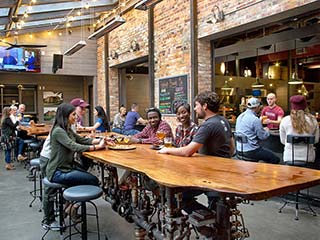
10 Great Things To Do
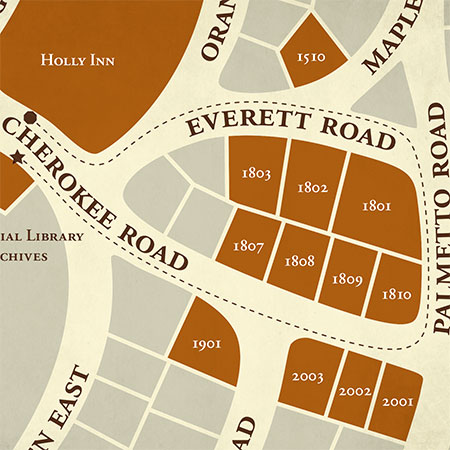
Discover The Path To Pinehurst’s Past

Insider Golf Tips
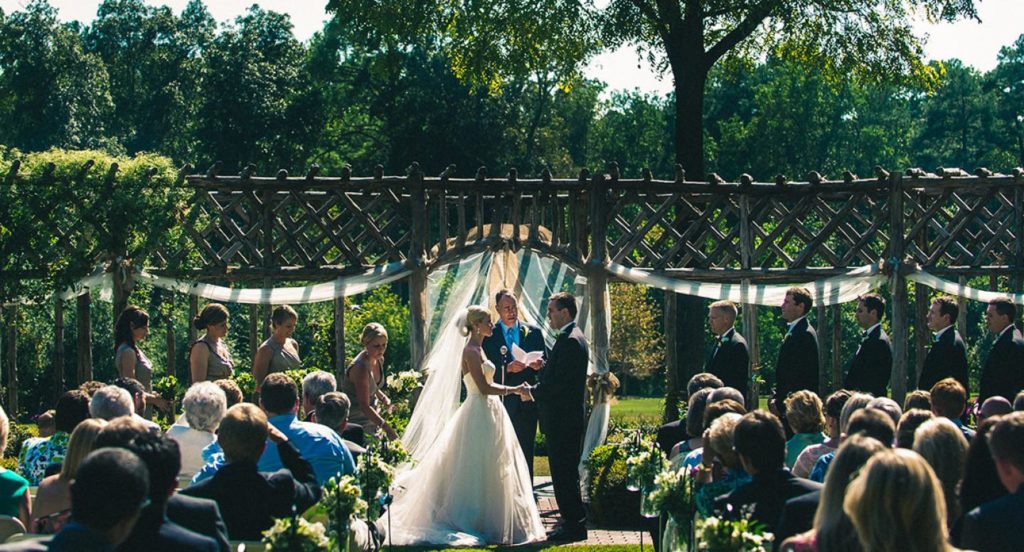
Unique Wedding Venues

North Carolina Couples Vacation
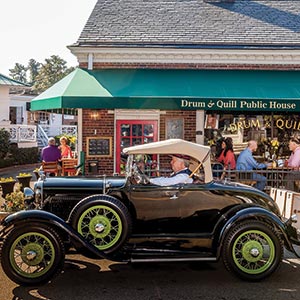
Our Favorite 19th Holes in the Home of American Golf

Girlfriend Getaways
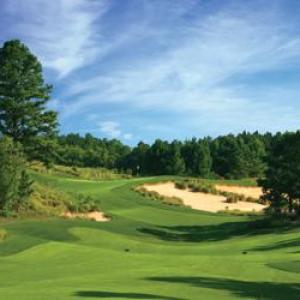
Tobacco Road: A Truly Unique Golf Adventure
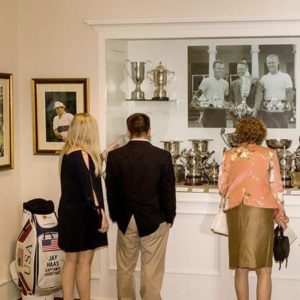
Carolinas Golf Association Hall of History

Where the Ladies Golf
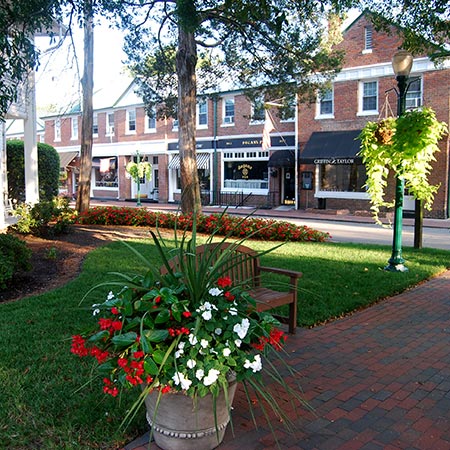
Romancing Pinehurst
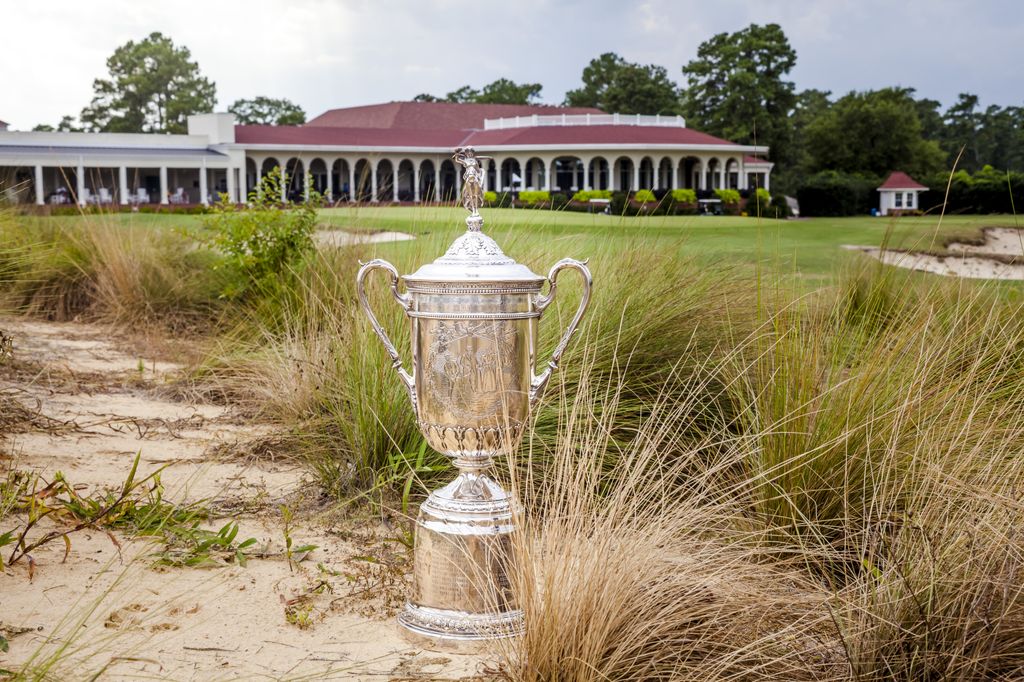
Home of American Golf and U.S. Open Connections
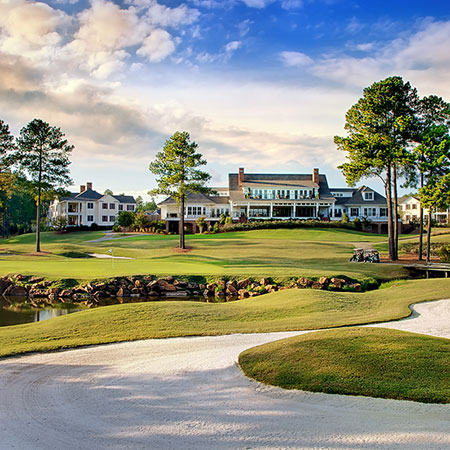
Former U.S. Open Champions Provide Pinehurst Area Some of Its Finest Designs
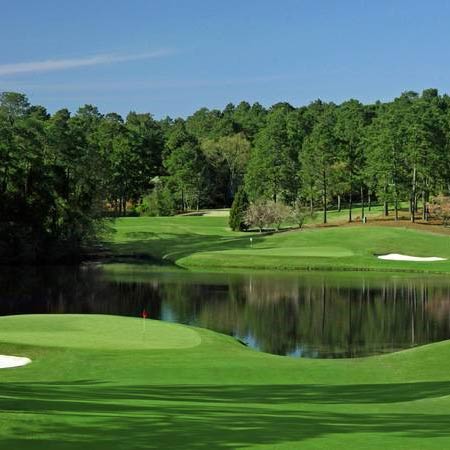
Donald Ross First of Many Architects to Design U.S. Open-Quality Courses in Sandhills
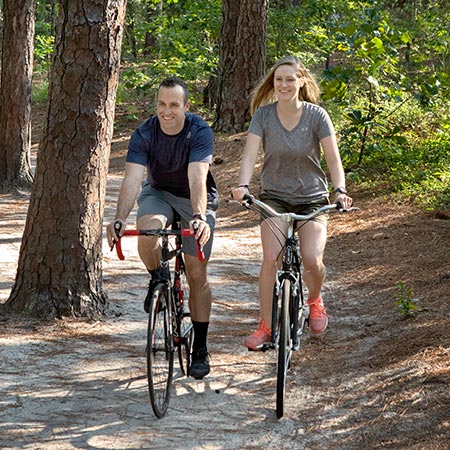
Sandhills Offers Outstanding Variety of Outdoor Activities
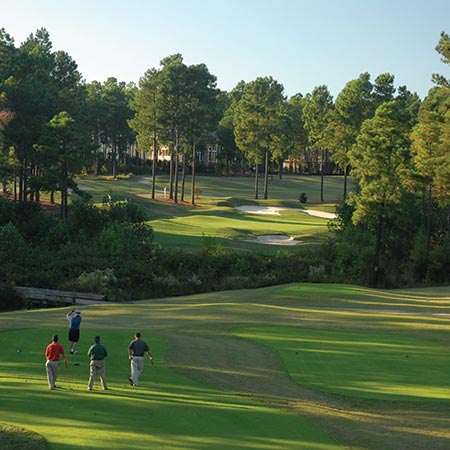
Buddy Golf Trip
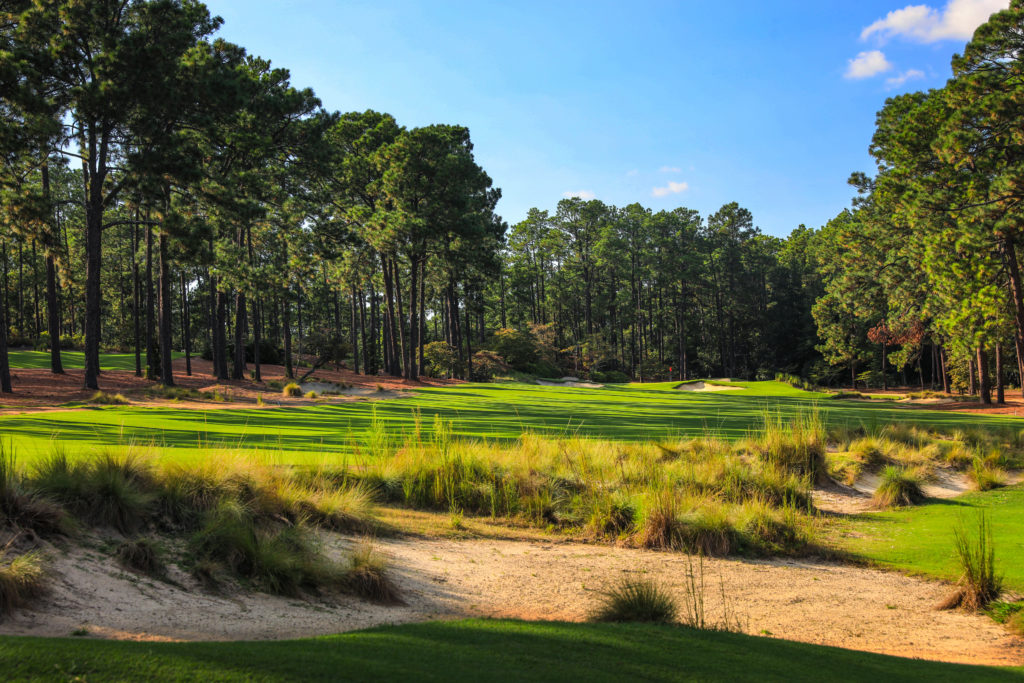
18 Holes of Local Knowledge for the Sandhills Golfer
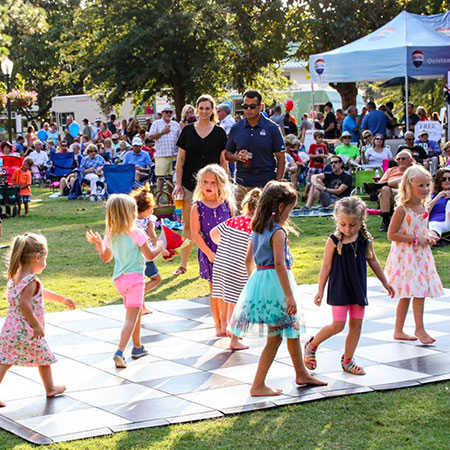
The Family Fun Trip
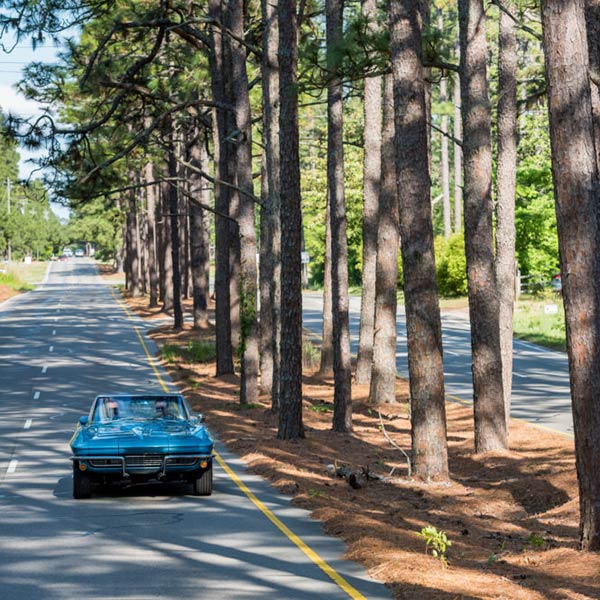
Midland Road: The “Fifth Avenue of Golf”

Collards, Community and Collaboration
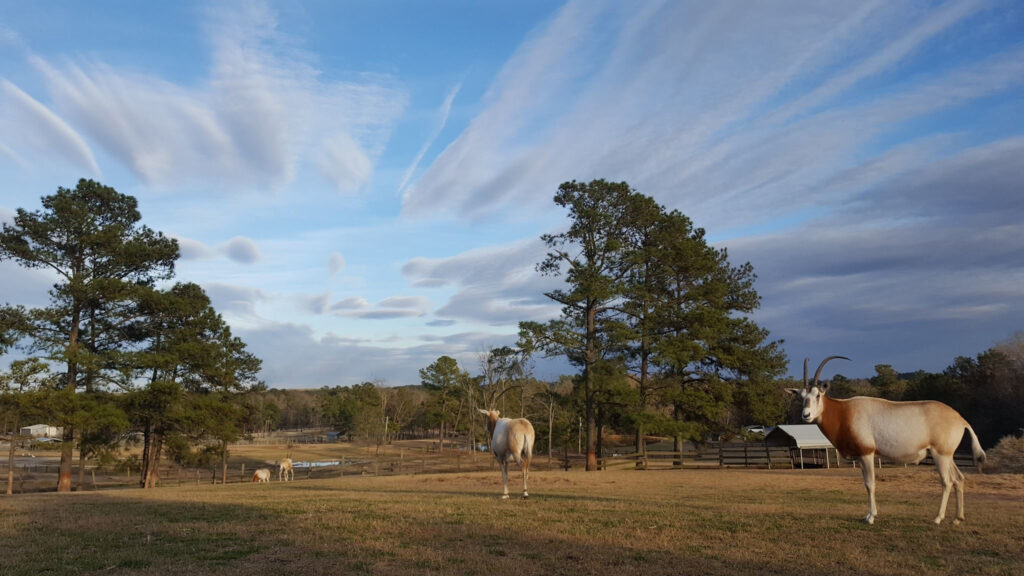
10 Little-Known Facts About North Carolina’s Pinehurst/Southern Pines Region

Sandhills Holiday Gift Guide
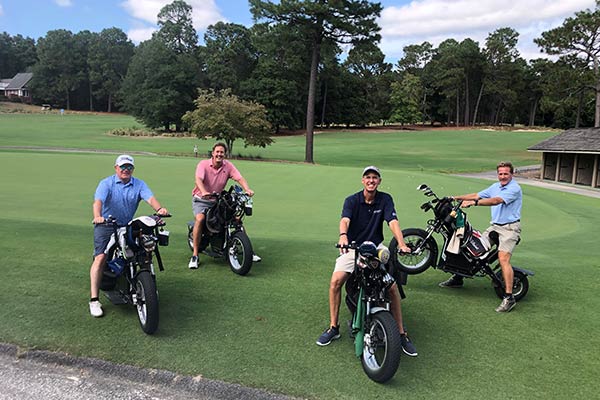
Spring Primer: Local Knowledge from the Home of American Golf

Our Favorite Coffee Shops in the Sandhills
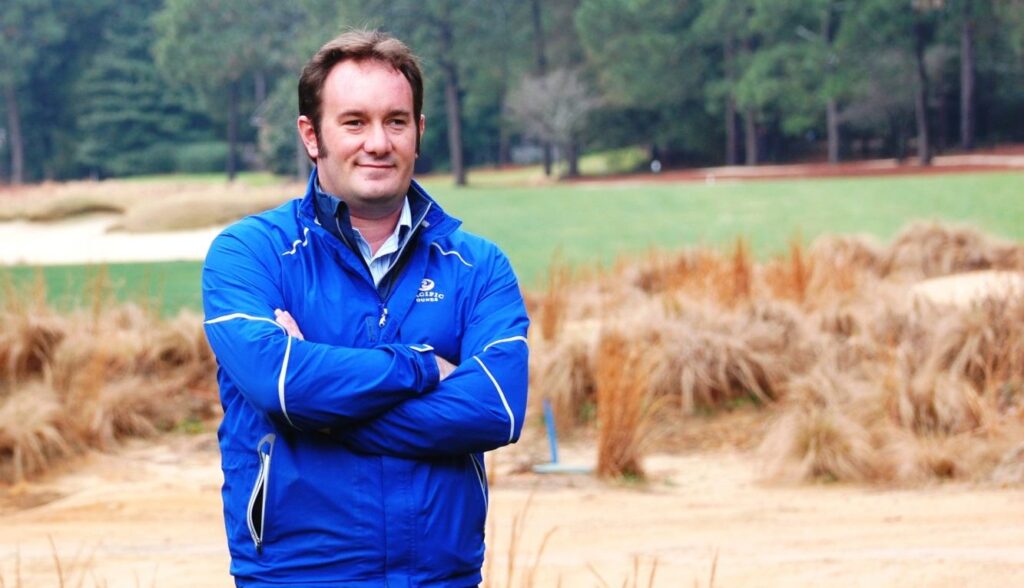
Franz Creating Legacy on the Links

Bring Fido! Pet-Friendly Finds Among the Pines
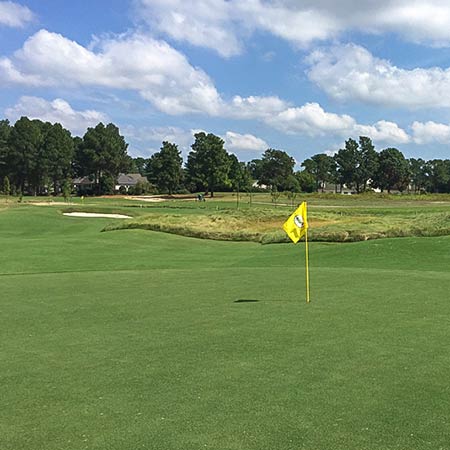
Bottlebrush: Pinehurst Area’s Best Kept Secret
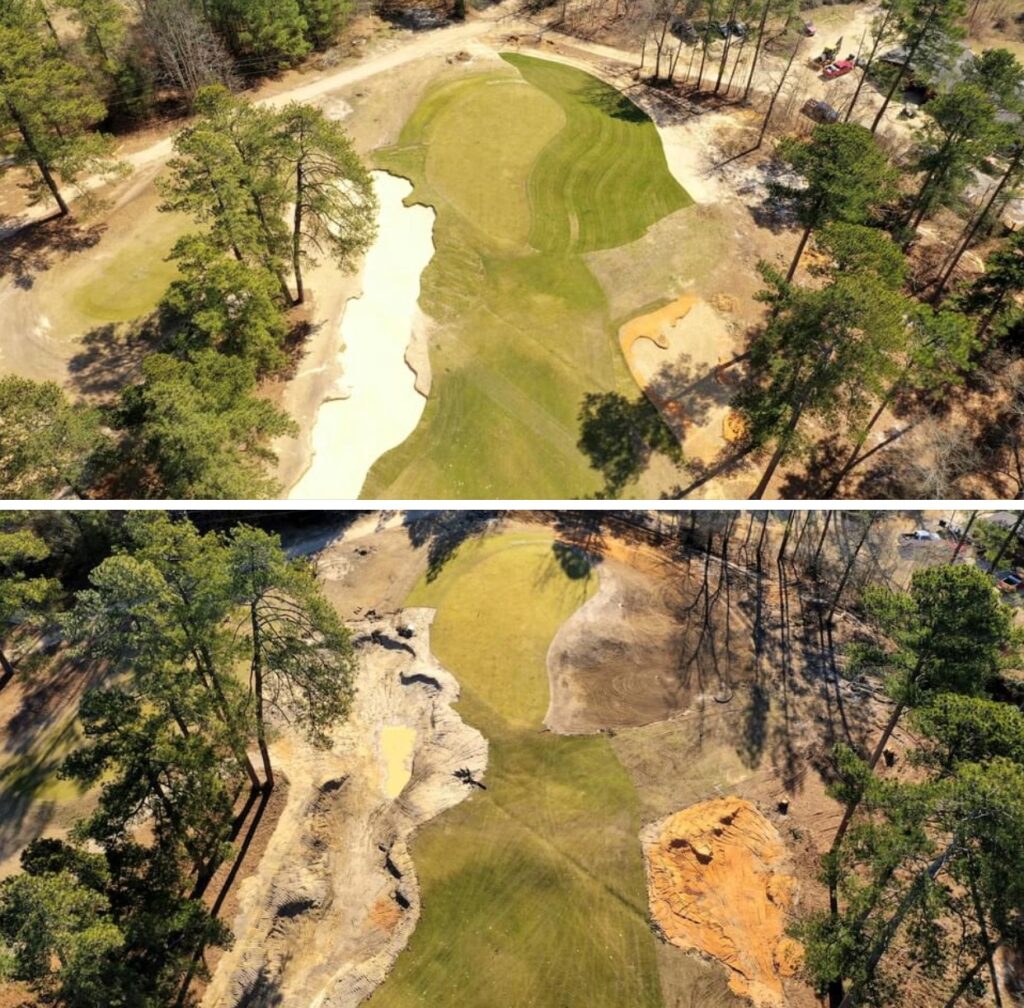
Franz Part 2: The Legacy Continues

Why Visit Pinehurst If You Don’t Play Golf?

First Timer’s Guide to Pinehurst
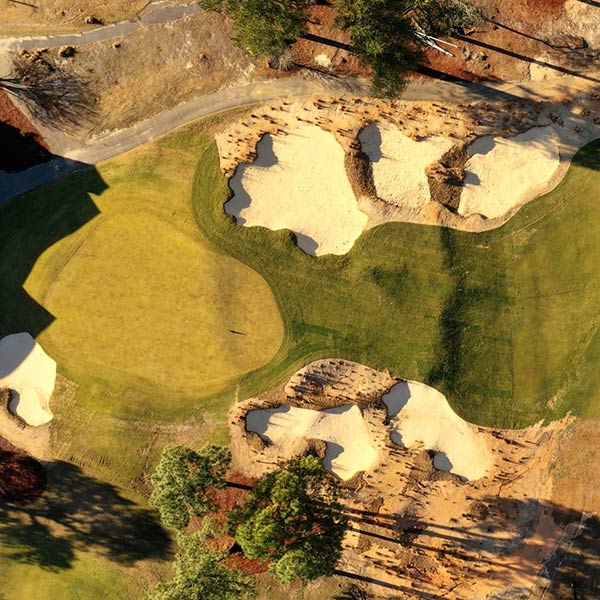
Franz Part 3: On Sandhills Topography
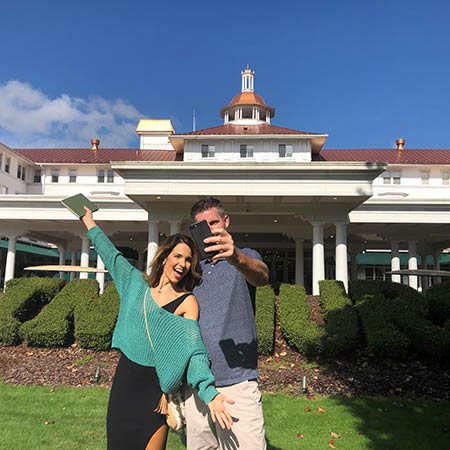
Top 10 Places for a #Sandhills Selfie
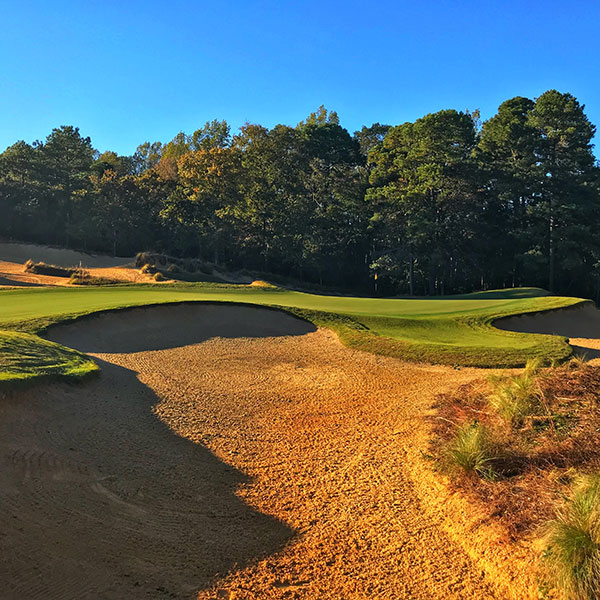
“Bermuda Revolution” Around Sandhills Leads to Ideal Year-Round Golf

Hunger Games – Sandhills Golfers Dining Guide
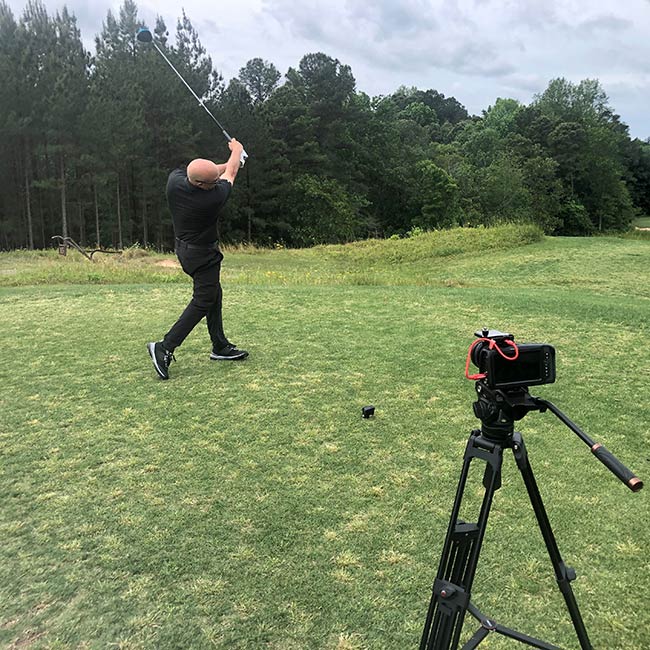
Episode 1: Golf Tips with Nick Bradley

Episode 2: Golf Tips with Nick Bradley

Sandhills Embraces Walking Culture
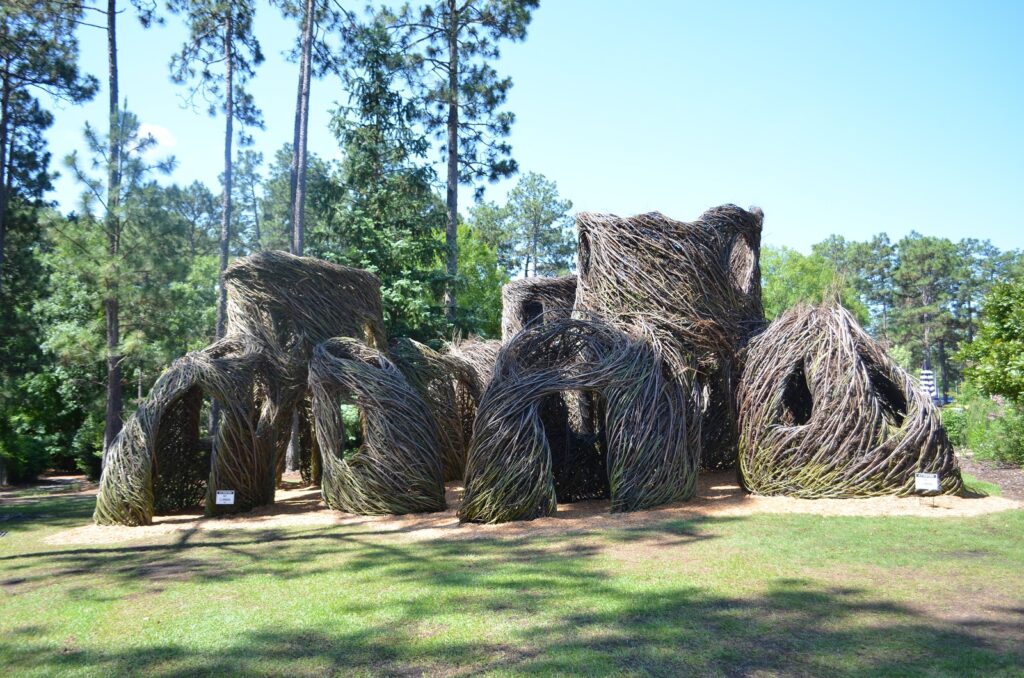
Patrick Dougherty: The Stickman Cometh

Dining A to Z

Fall Renewal in the Sandhills

Pinehurst’s Ryder Cup 1951

No. 2 Celebrates 10 Years

2004 Ryder Cup That Wasn’t
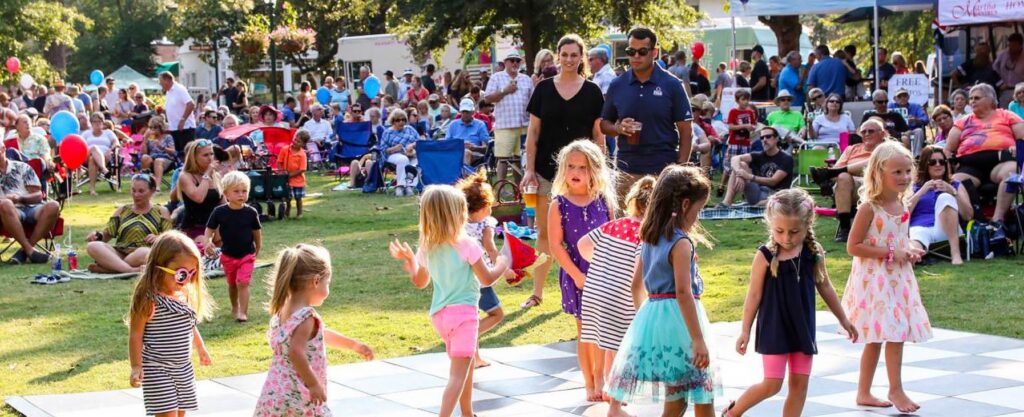
Family Fun in the Sandhills
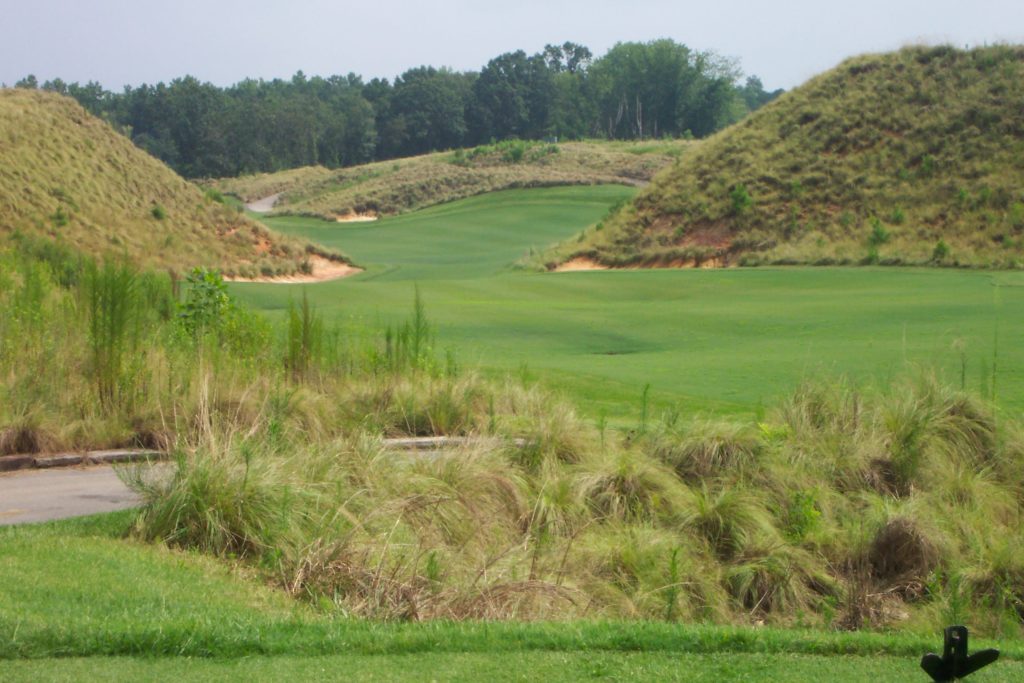
Remarkable Golf Stays in The Pinehurst Area

Couples Weekend Getaway Ideas
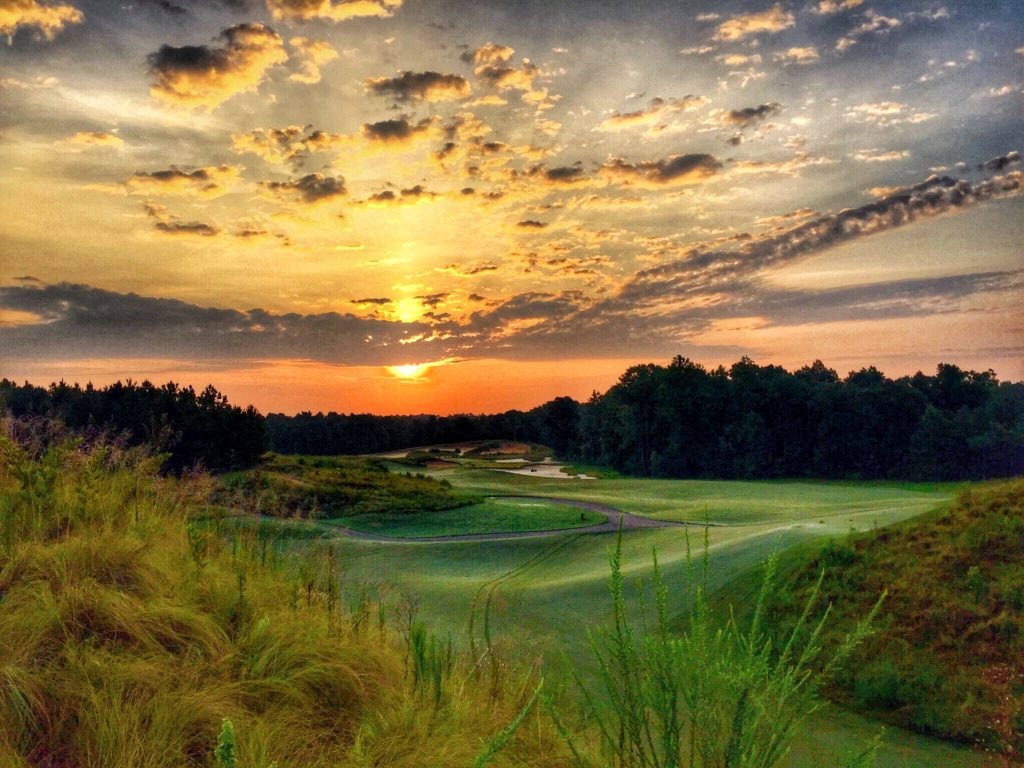
Nature’s Canvas: Tobacco Road

Perfect Getaway to Southern Pines

Culinary Discoveries in the Sandhills of N.C.
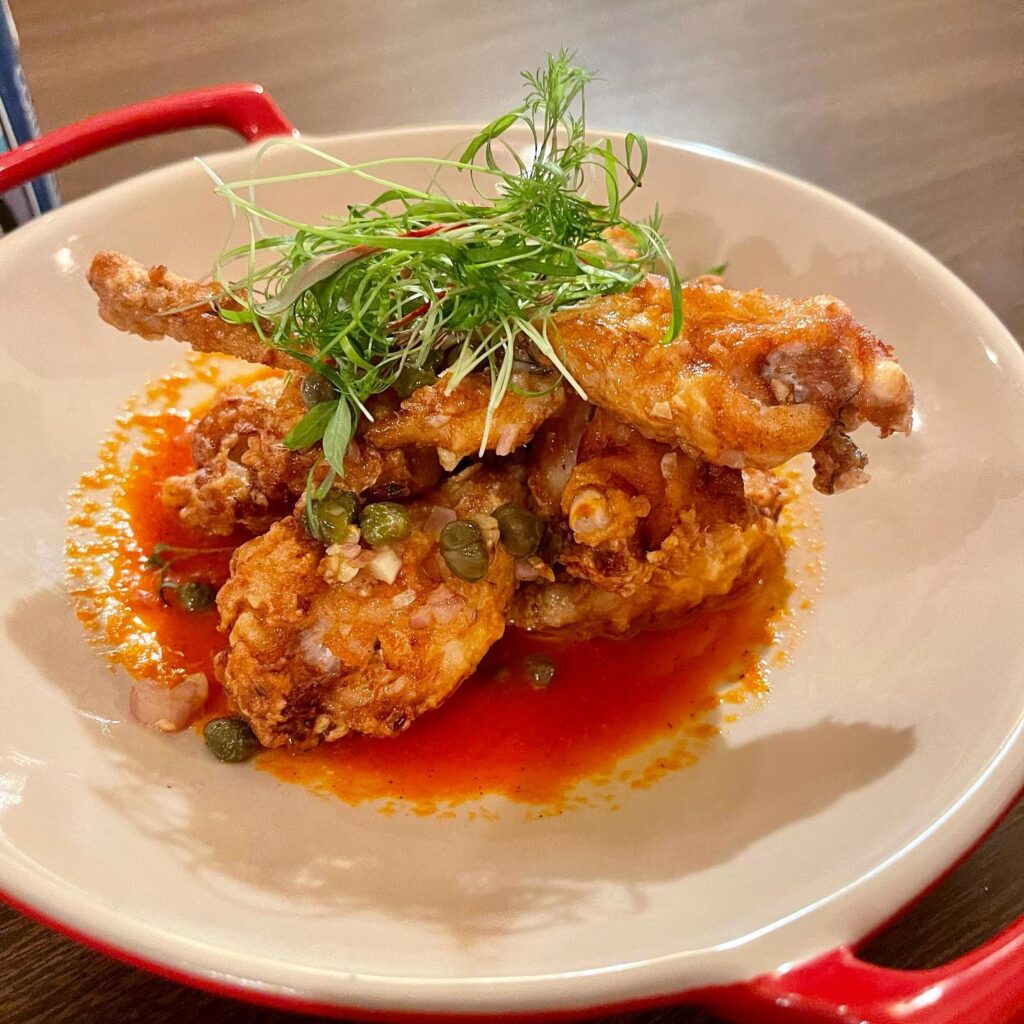
Restaurant Roundtable Q&A
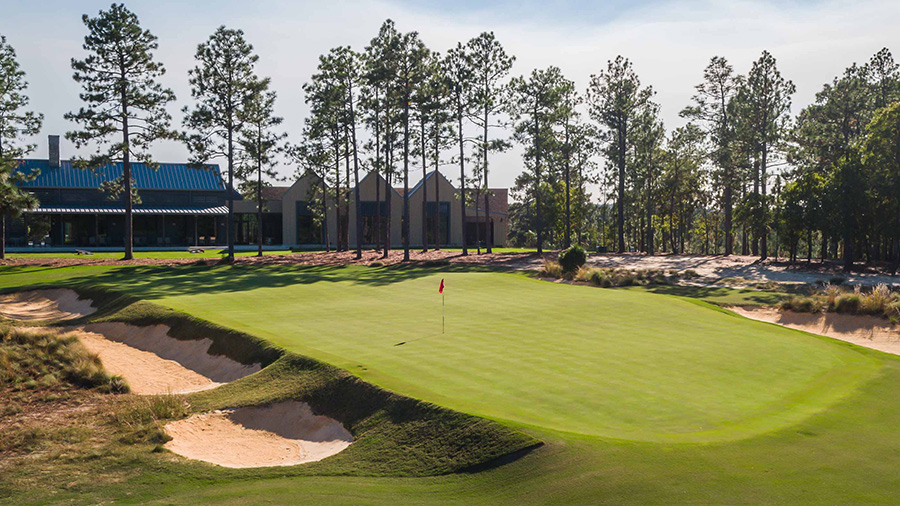
Dormie Club’s New Era
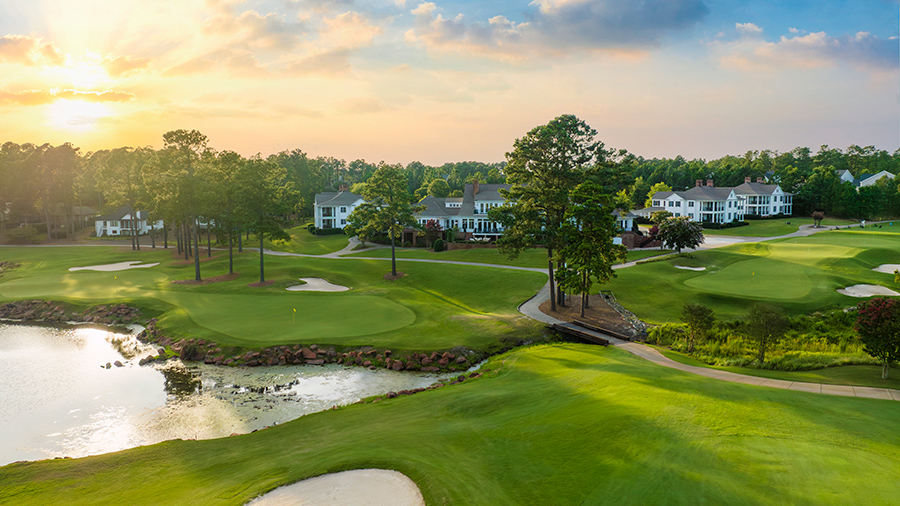
Talamore and Mid South: History of Their Own

Undiscovered Pinehurst

Off for Pinehurst
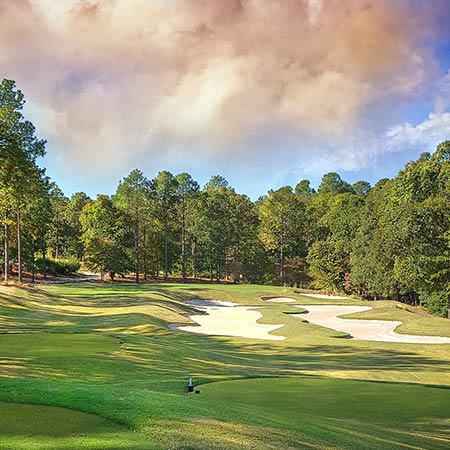
Talamore Doing More for 2022
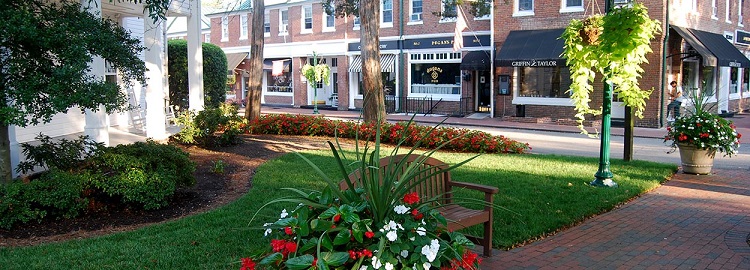
Romantic Gift Ideas In Pinehurst Area

Foodie Weekend in the Sandhills
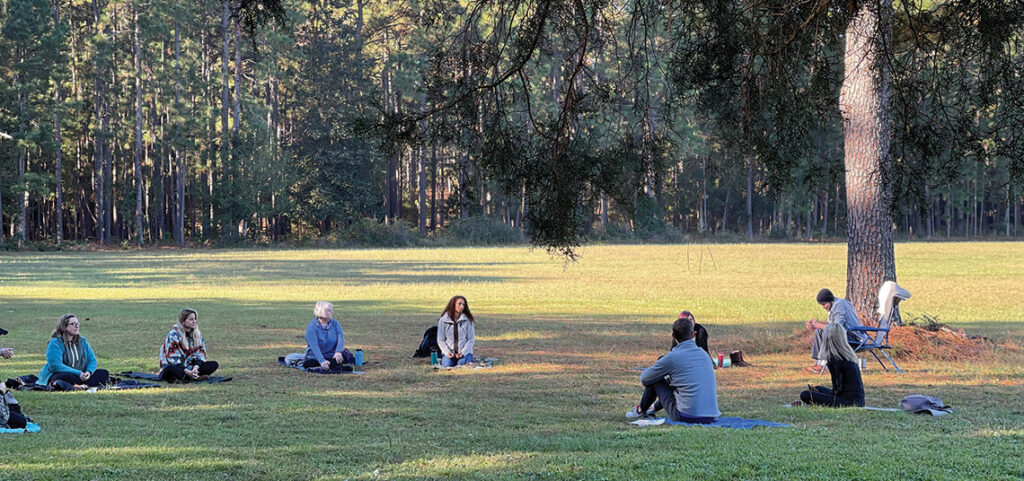
Wellness in the Pines

The Military Means Business in the Sandhills
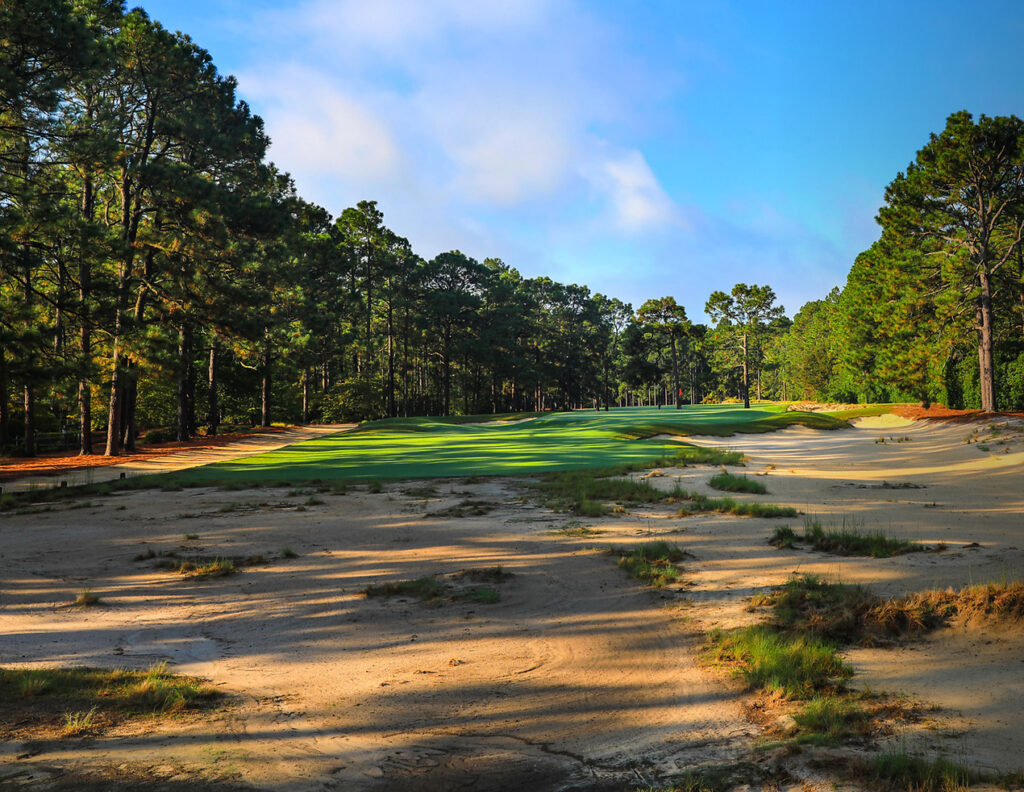
Pine Needles Goes Back in Time
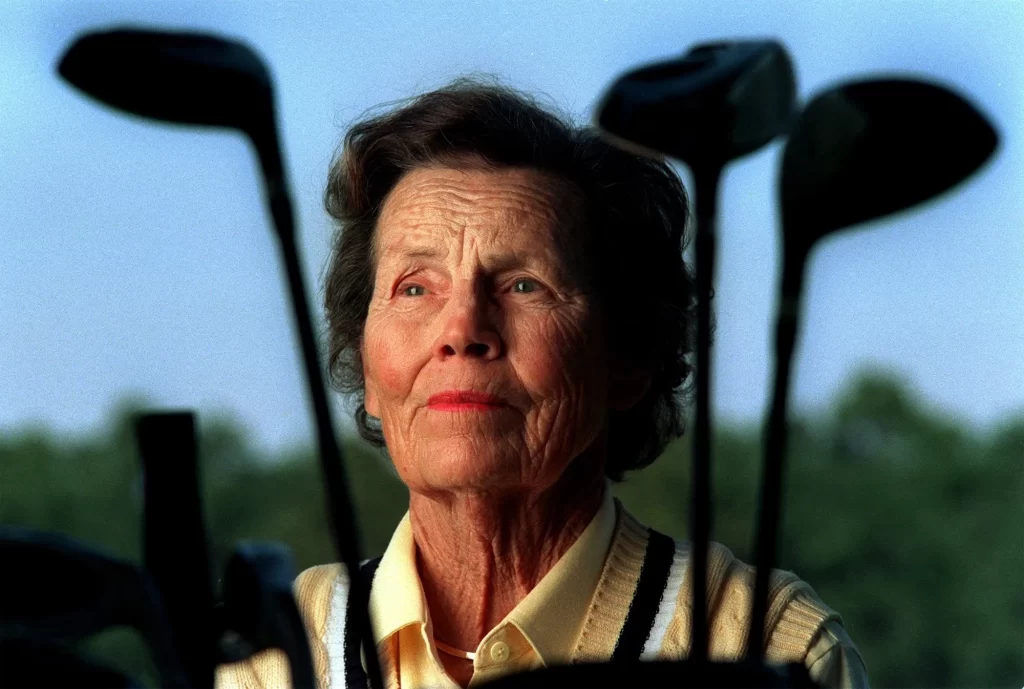
Grande Dame of Women’s Golf

A Guide to Berry Picking in the Sandhills
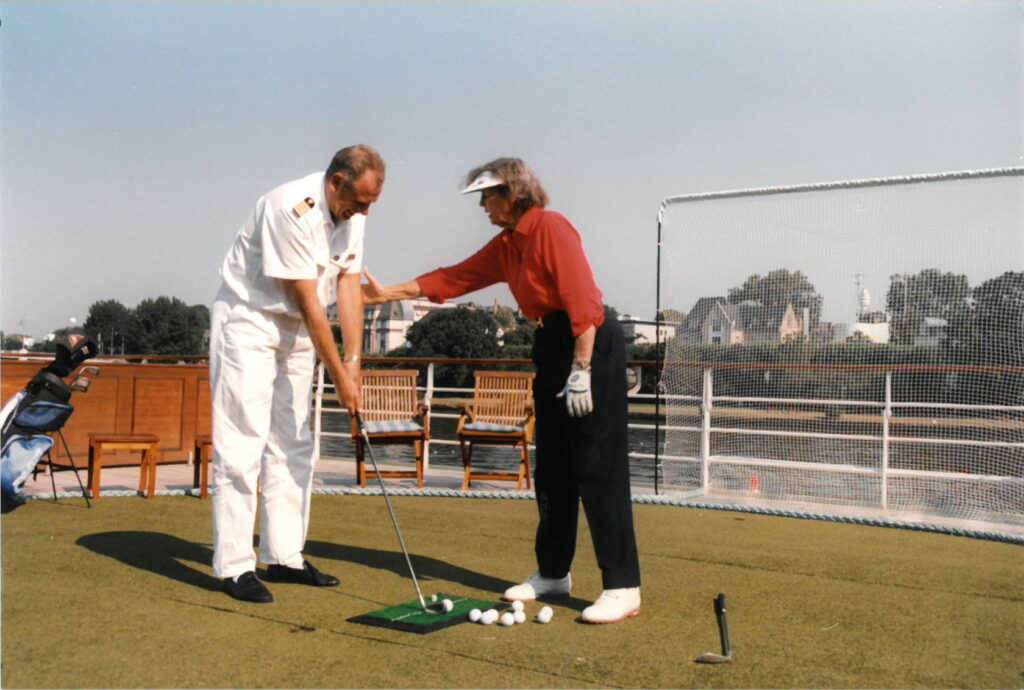
Waltzing on the Danube with Peggy Kirk Bell

From Cradle to Cradle

Donald Ross Could Golf His Ball
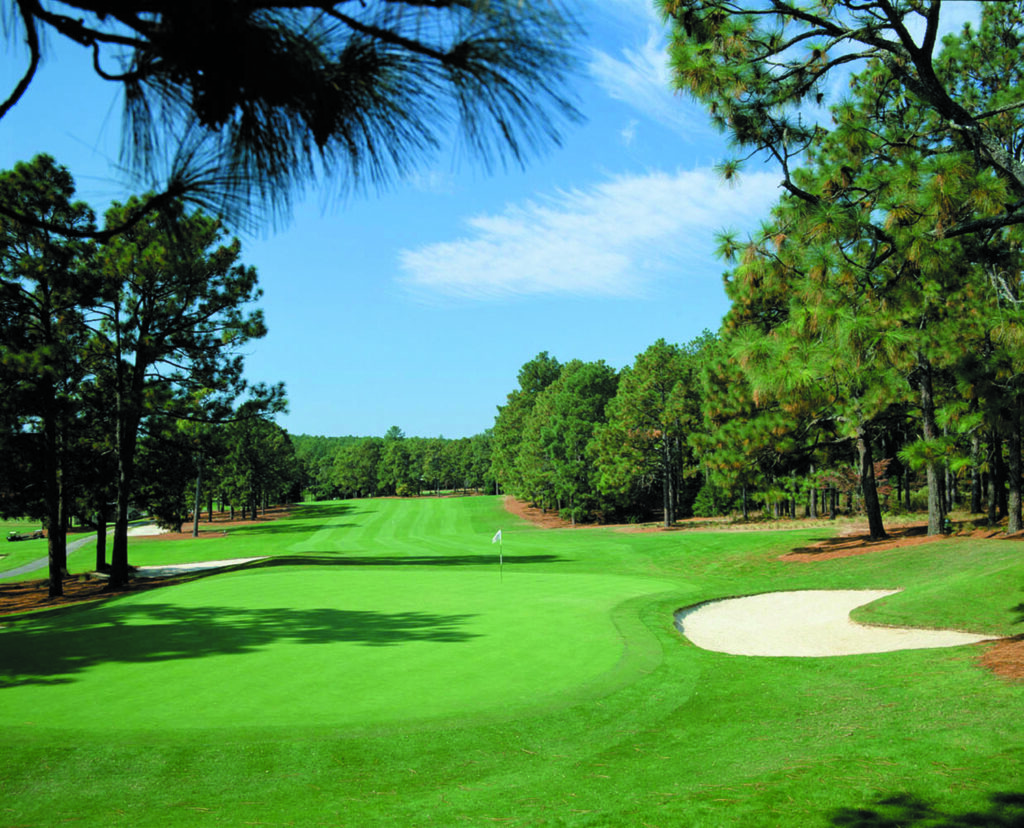
No Resting on Laurels Around the Home of American Golf

Flower Farms in the Sandhills
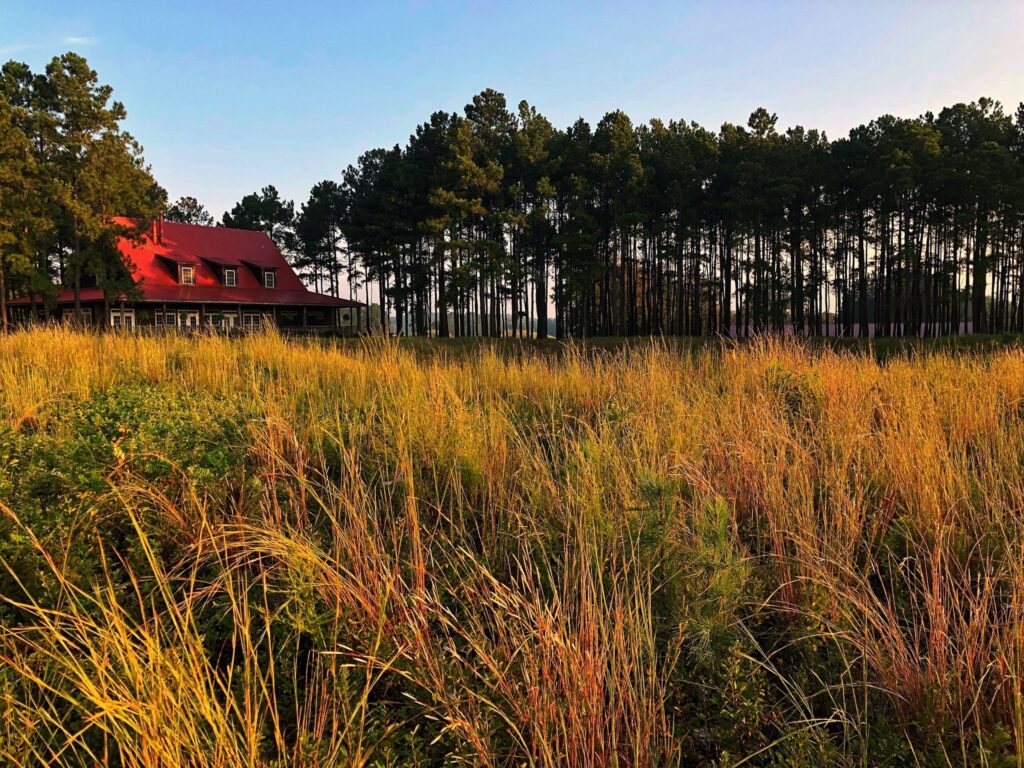
Fall into Pinehurst Golf

What Goes Around…
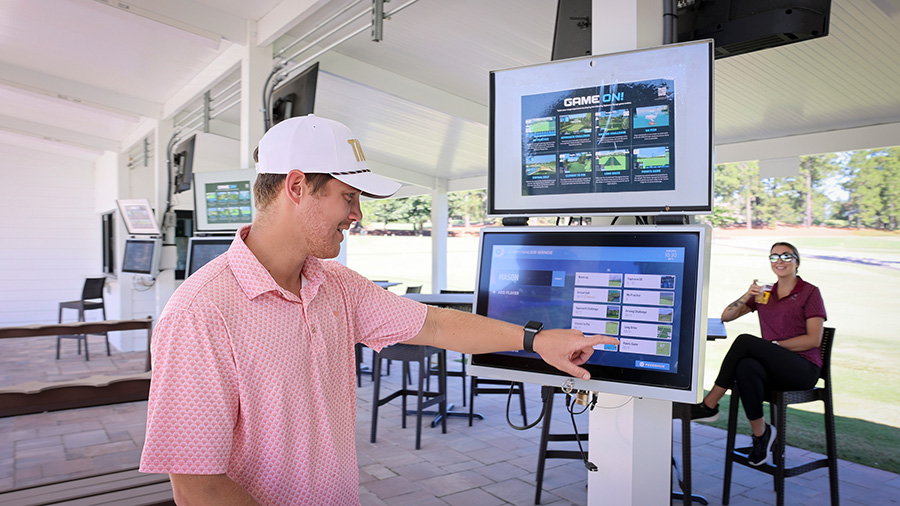
Talamore Resort Debuts New Toptracer Range

The History of the Pinehurst Inns
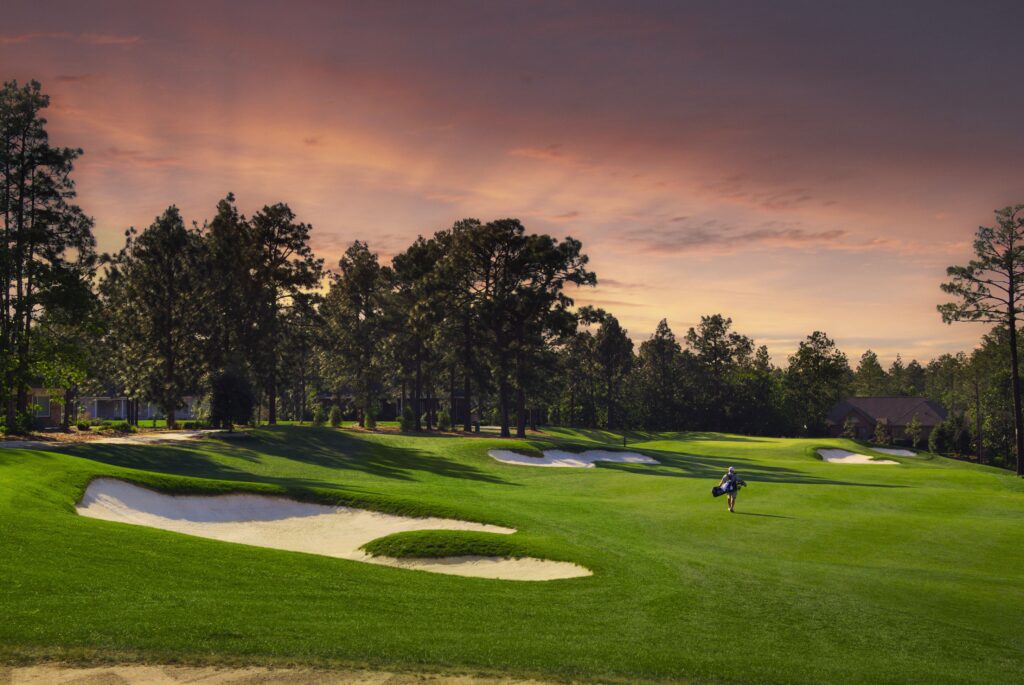
“For me, Pinehurst is such a special place for golf!”- Tom Fazio

New Southern Pines Mural

Pinehurst Area Buzzing with 2023 Excitement

Discover the Sweetness of the Sandhills
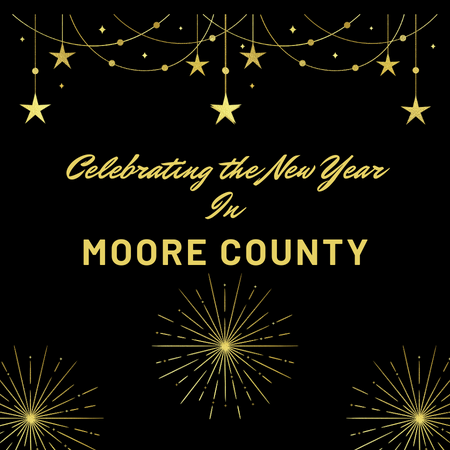
Celebrating the New Year in Moore County

The Big Three
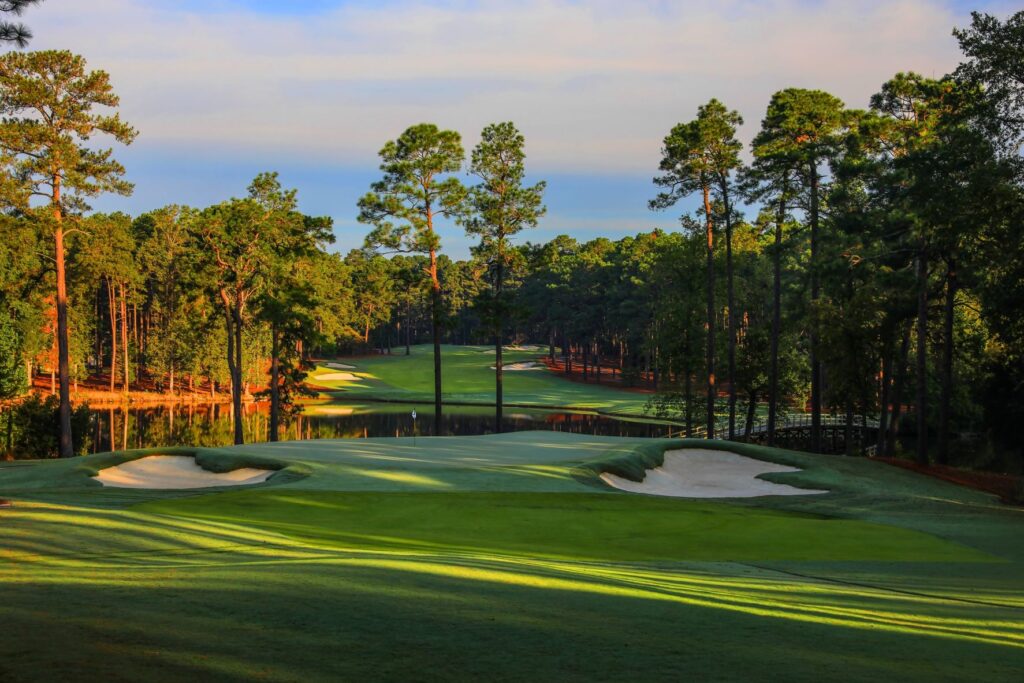
Jones Family Imprint
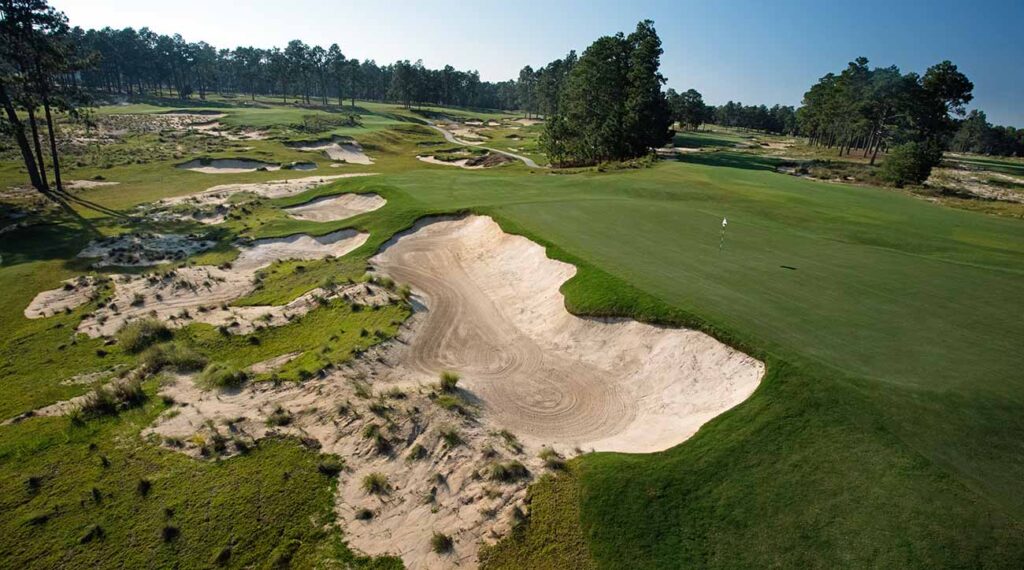
The Hanse Touch
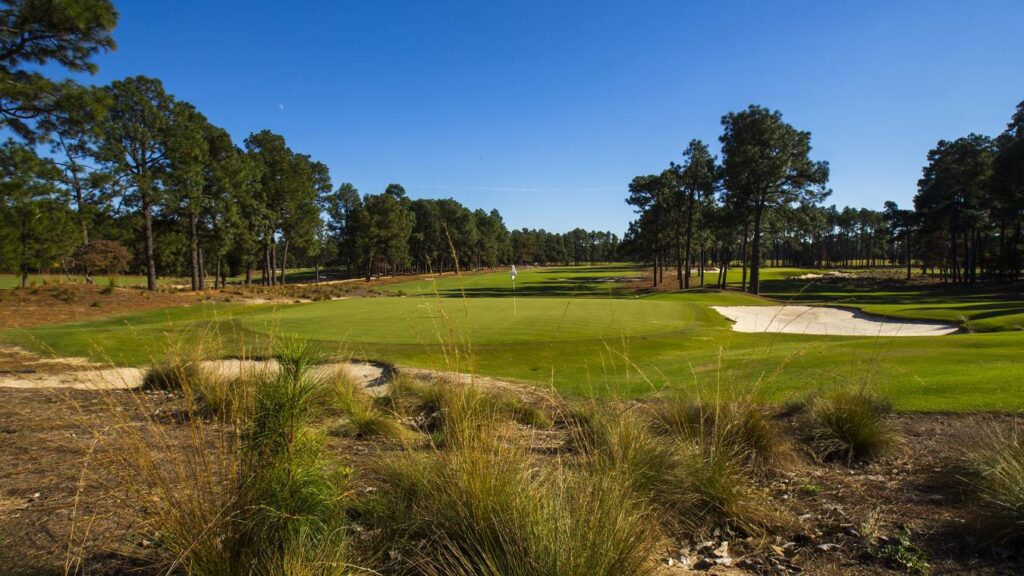
Coore & Crenshaw Roots Run Deep
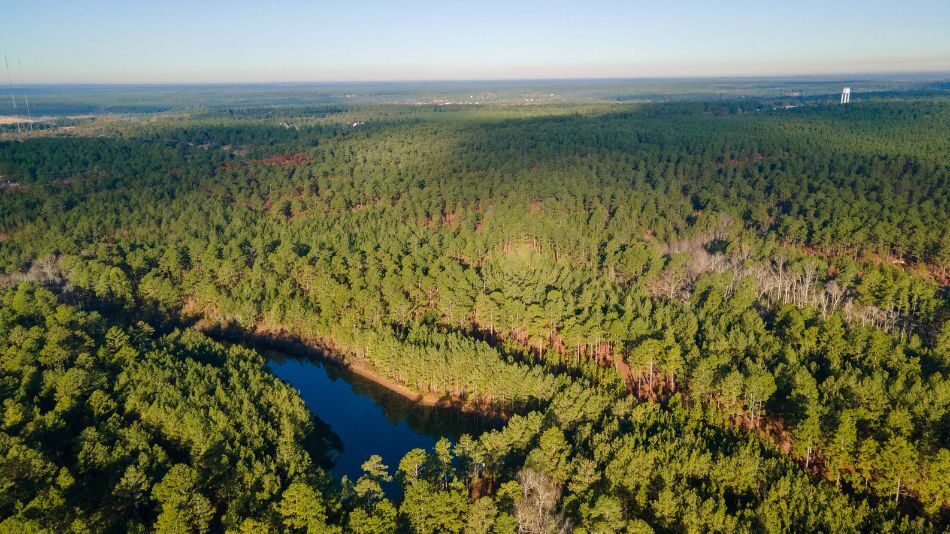
Pinehurst Resort Announces New Course to be Designed by Tom Doak
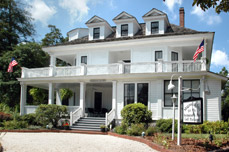
PINEHURST’S MAGNOLIA INN REOPENS
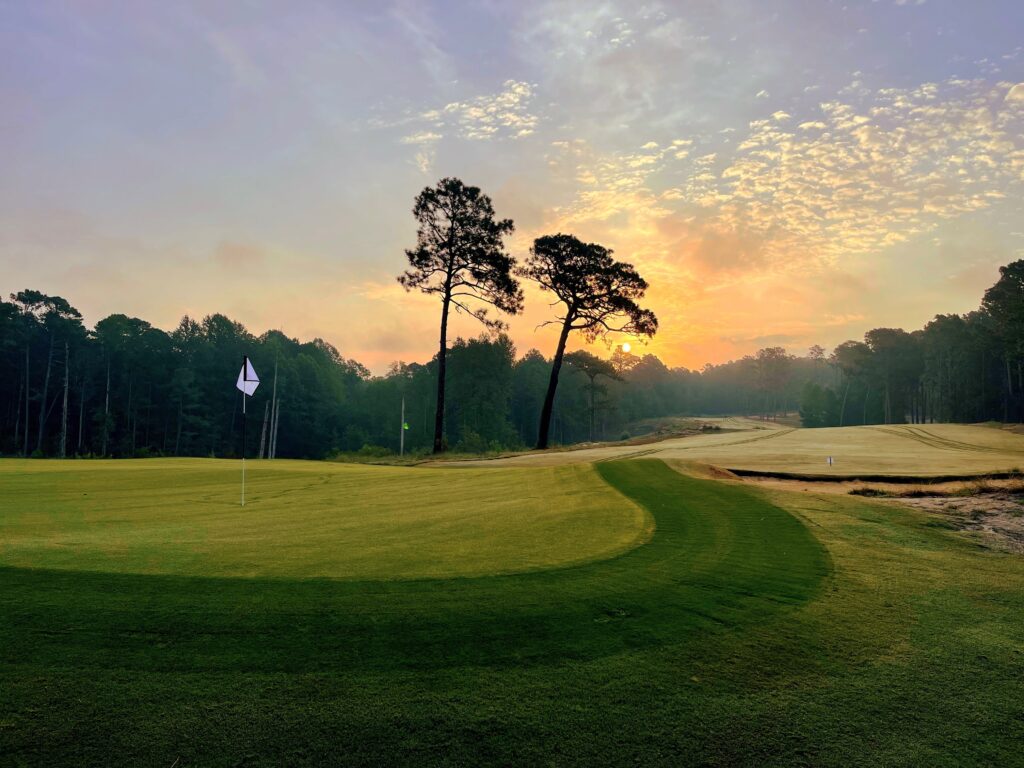
Southern Pines Golf Club Recognized
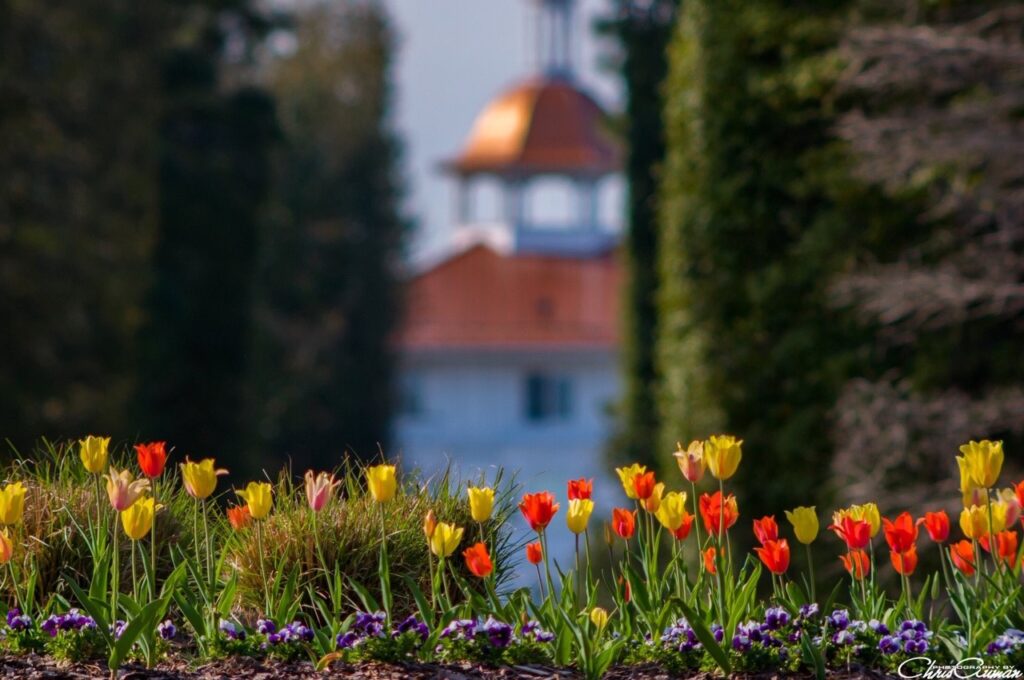
Spring in the Sandhills

Mother/Daughter Weekend in the Sandhills
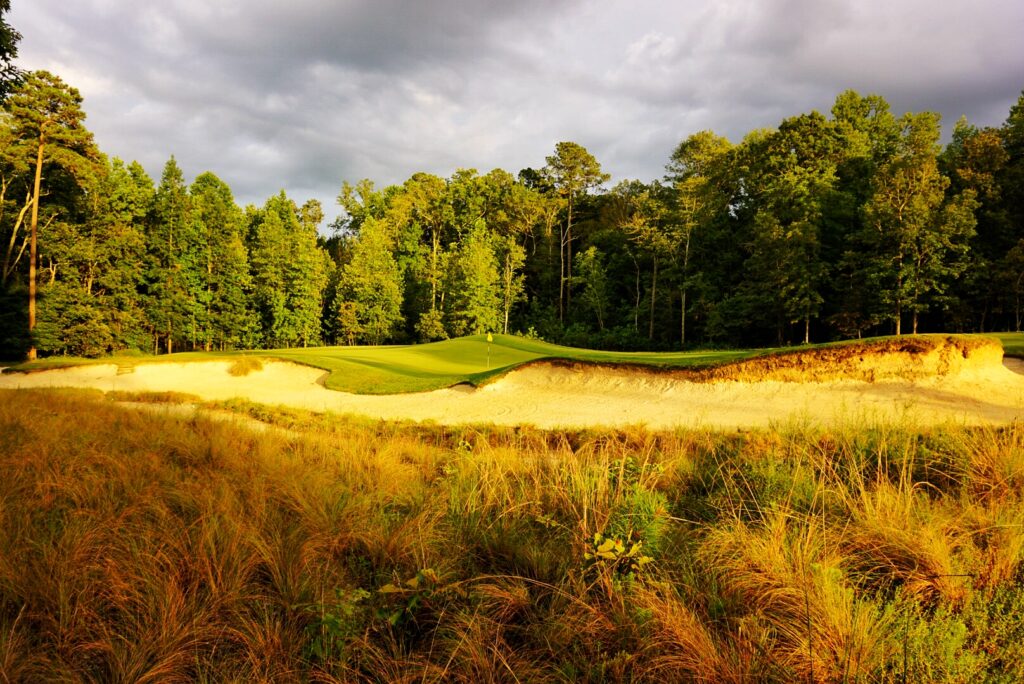
A Few of Our Favorite (Golfing) Things
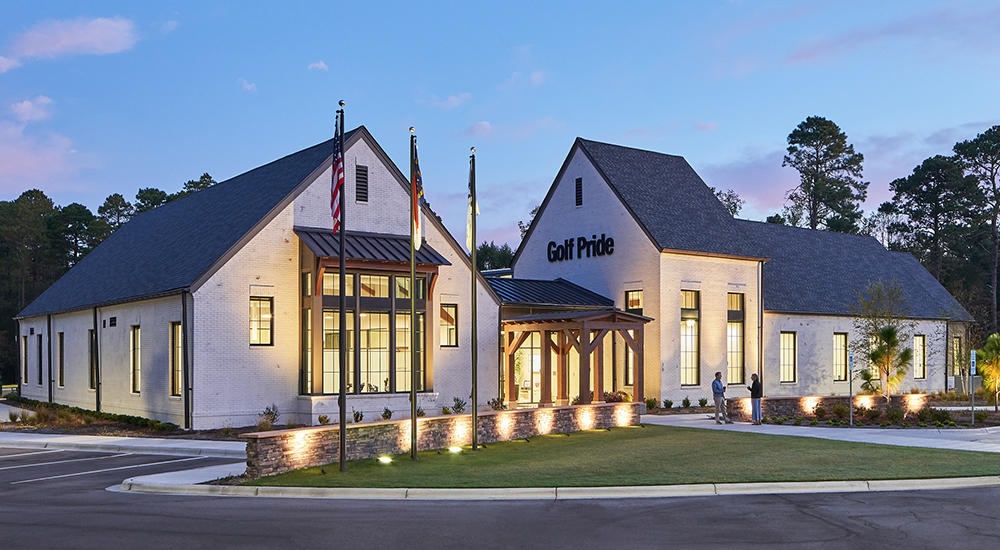
Golf Pride Retail Lab a must-see experience for your Pinehurst itinerary
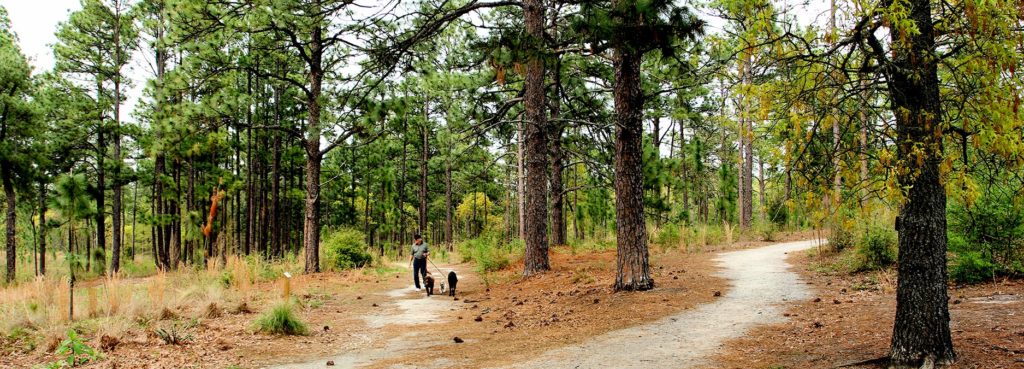
6 Trails to Explore for the Year of the Trail

Pinehurst No. 2 Still Ranked Best Course in NC

Sandhills Ecology 101
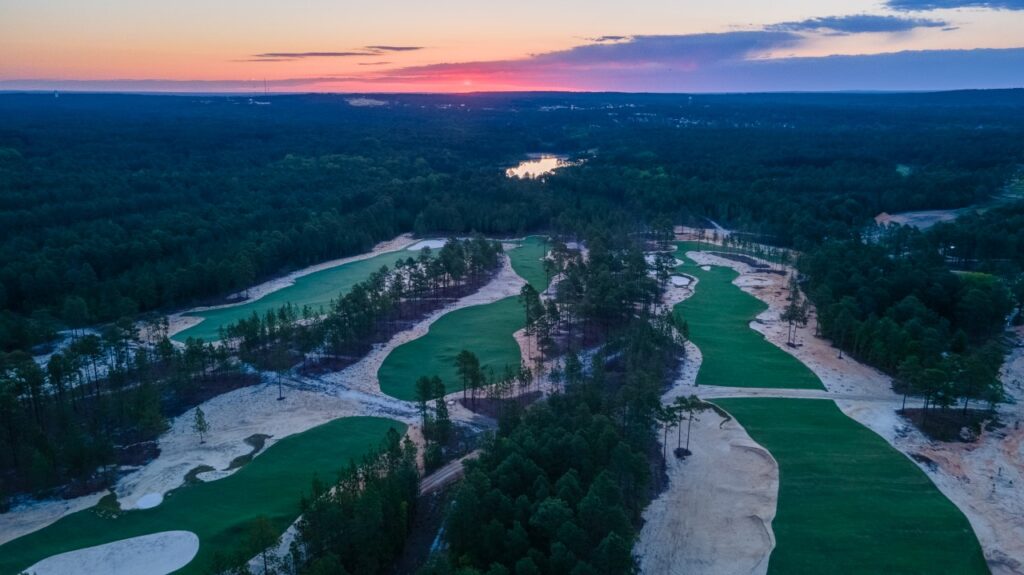
X Marks the 10-Spot

Best Date Night Ideas in the Sandhills
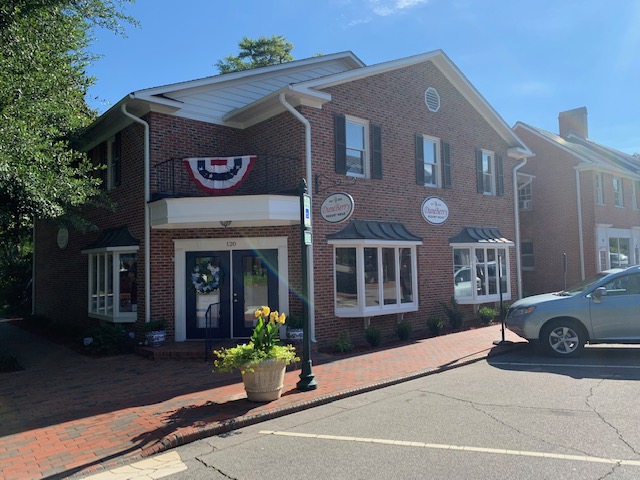
Small Towns Big Style

9 Urban Trails Around Pinehurst Area
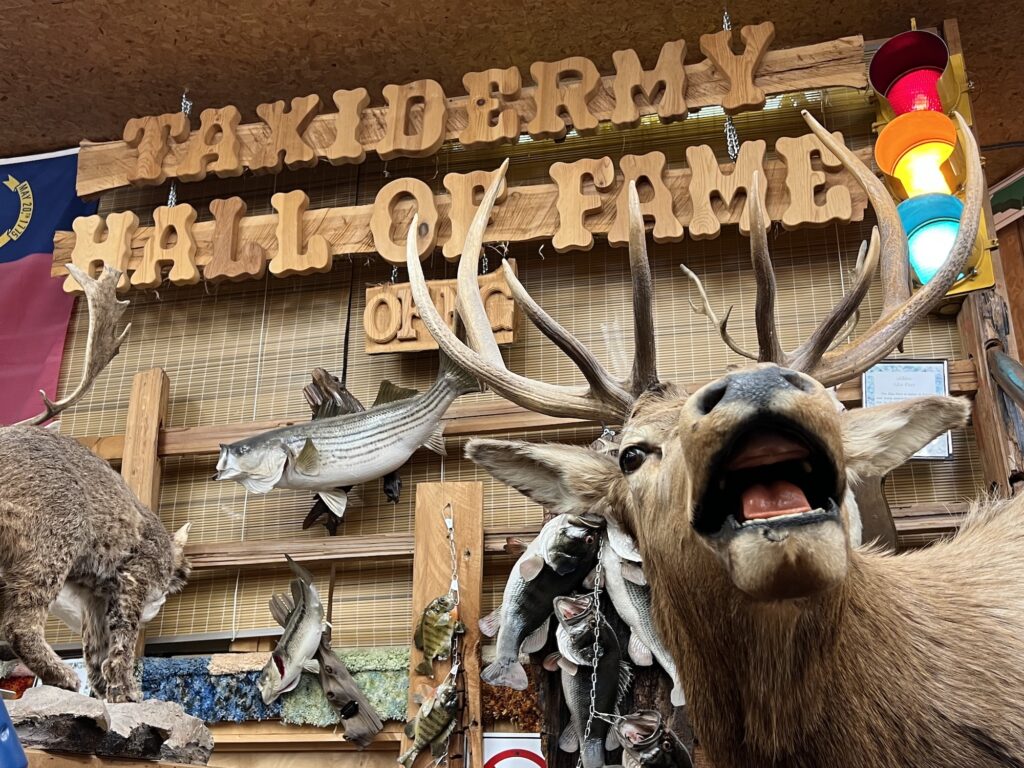
Uniquely Pinehurst

2024 U.S. Open: A Look Ahead

1999 U.S. Open: A Look Back

A Restorative Weekend Getaway at Tanglewood Farm B&B in Southern Pines
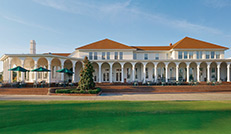
Top Things To Do On A Long Weekend

Independence Day in the Sandhills
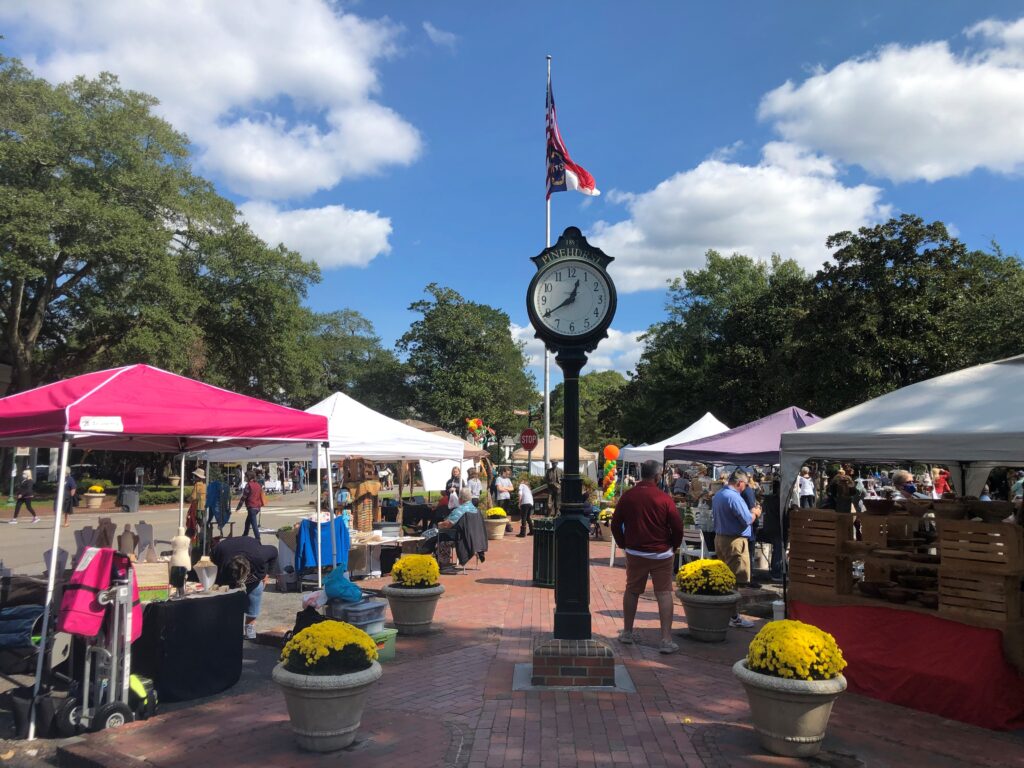
Fall Events Around the Sandhills

Celebrating NC Peaches

Kid You Not
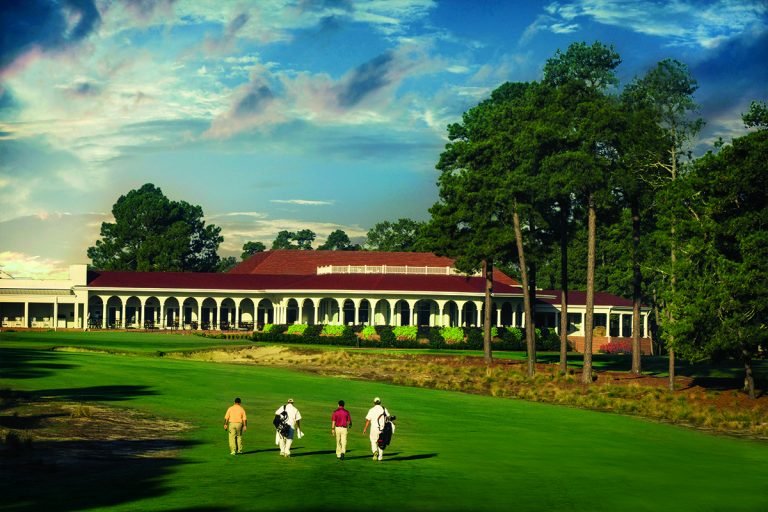
Sleepy Summers No More
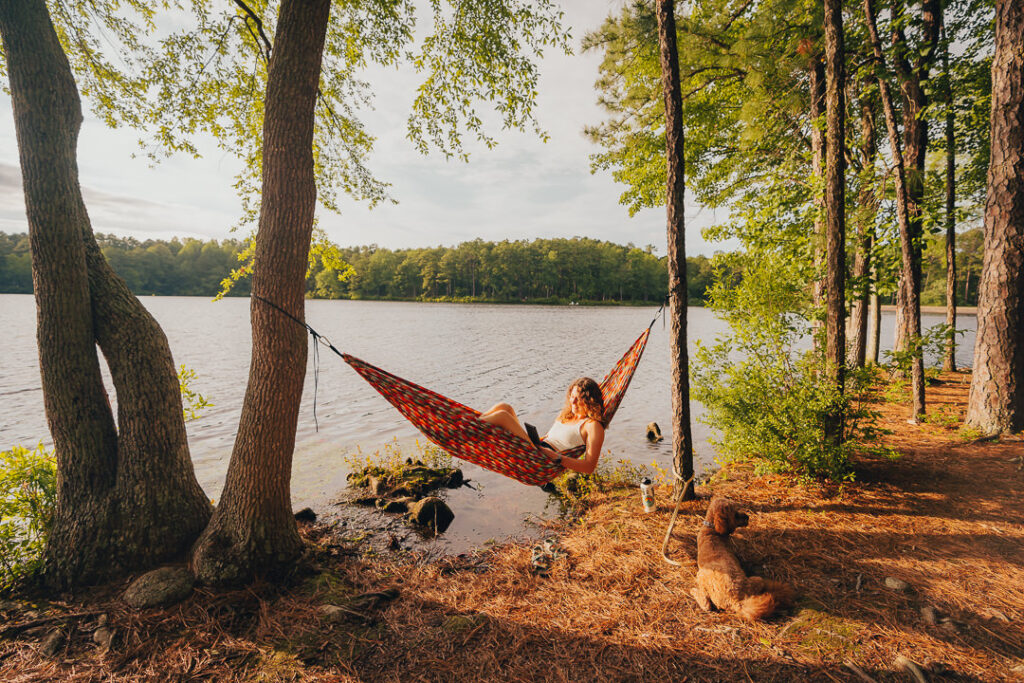
Getting Outside
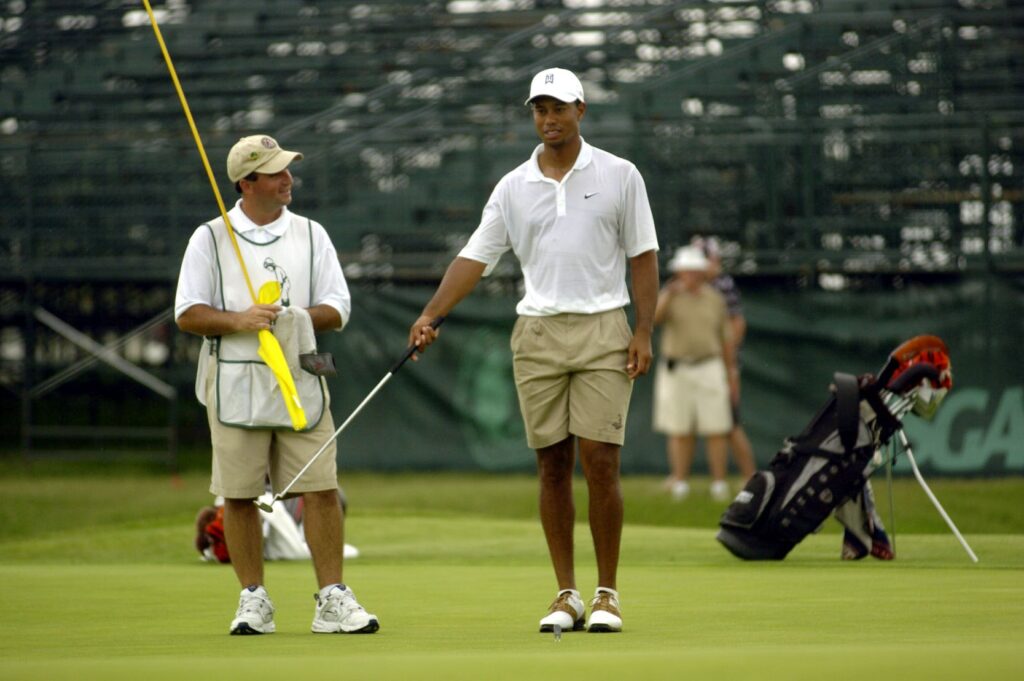
When They Were Young
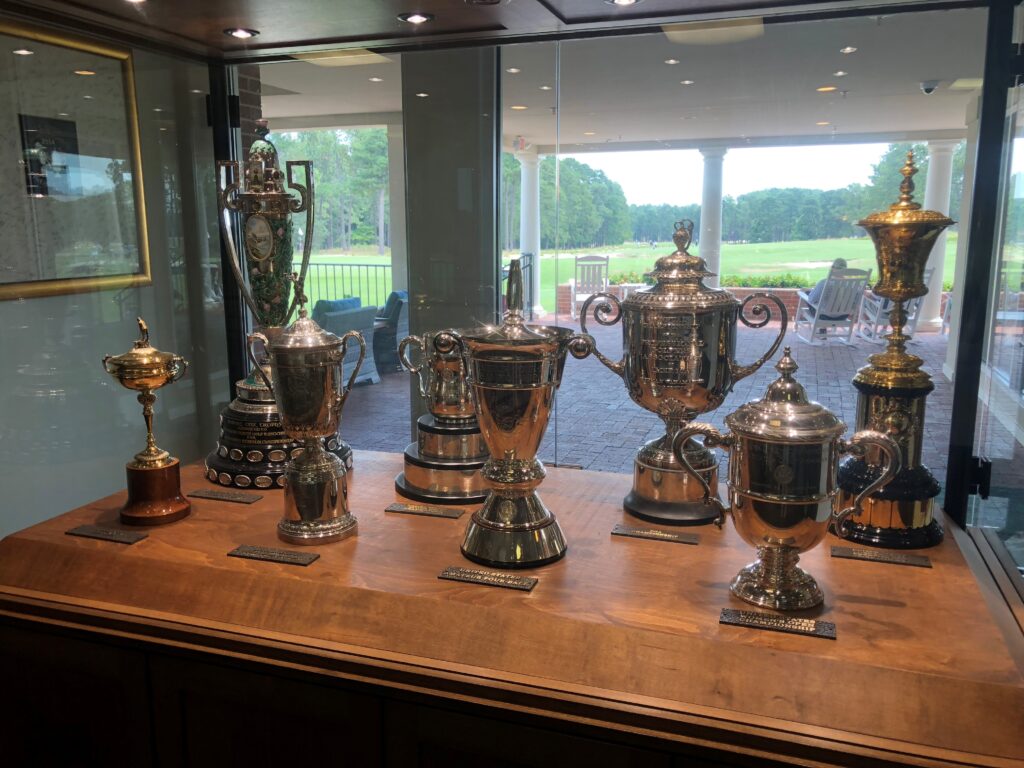
Pinehurst Major-itis

Loving Our Black & Whites
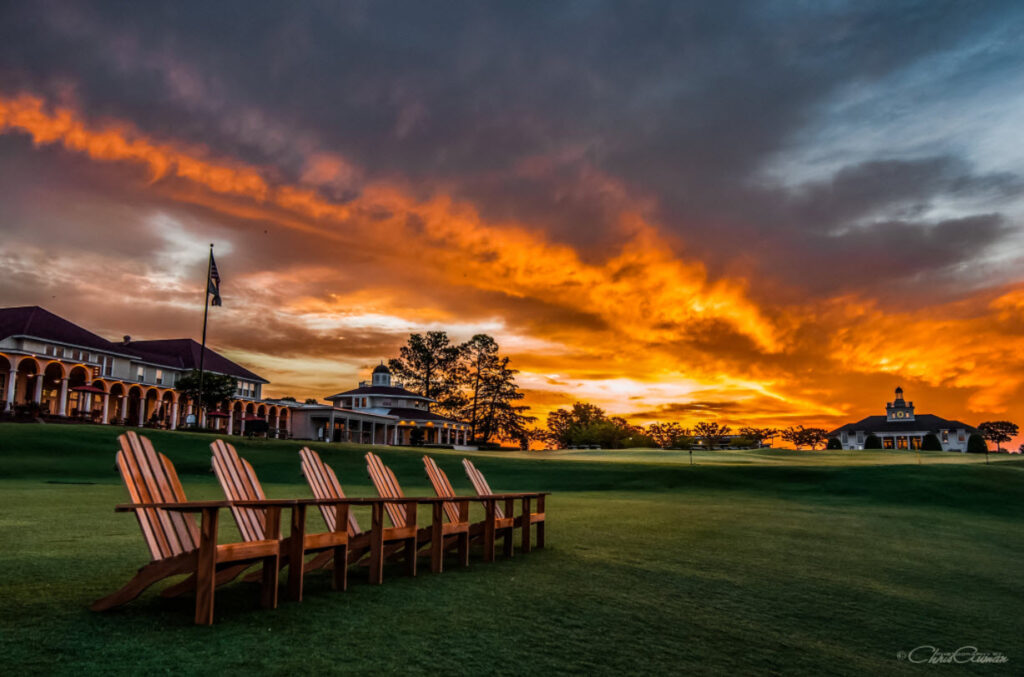
Lens of the Sandhills
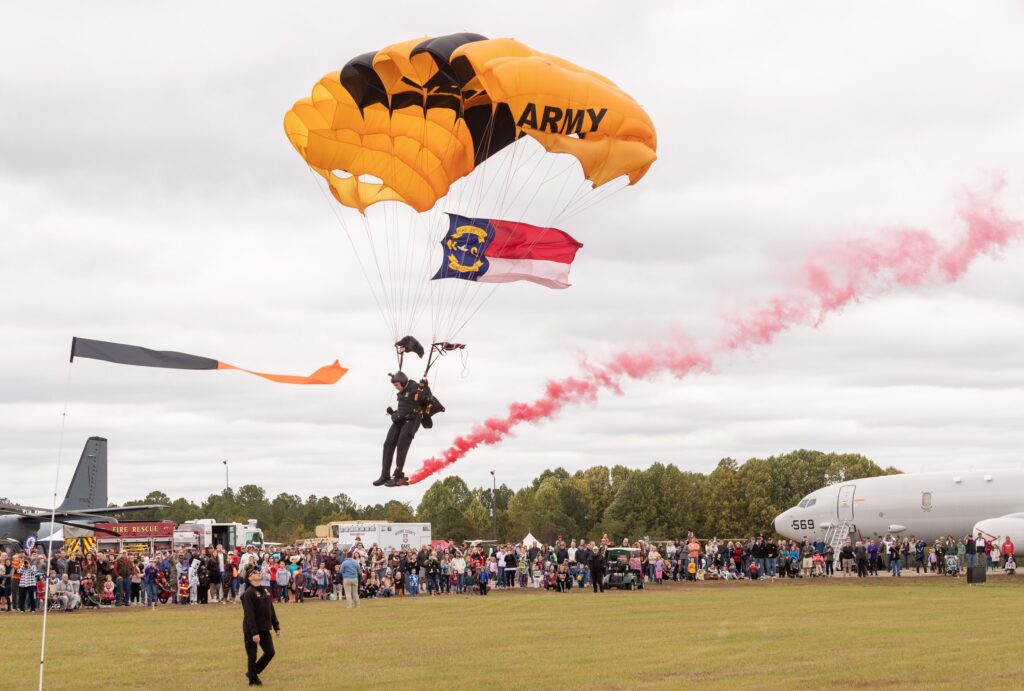
Festival D’avion Named as Signature Event
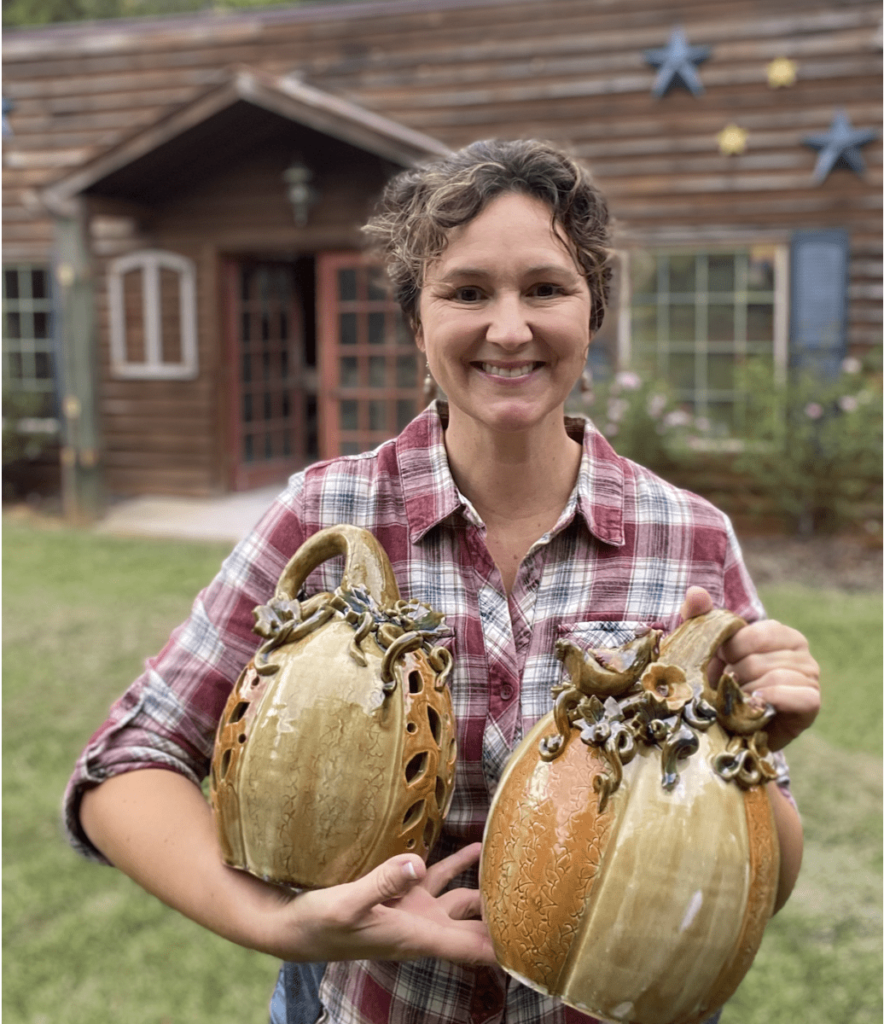
Celebrate American Craft Week

Act Two for Tot Hill Farm
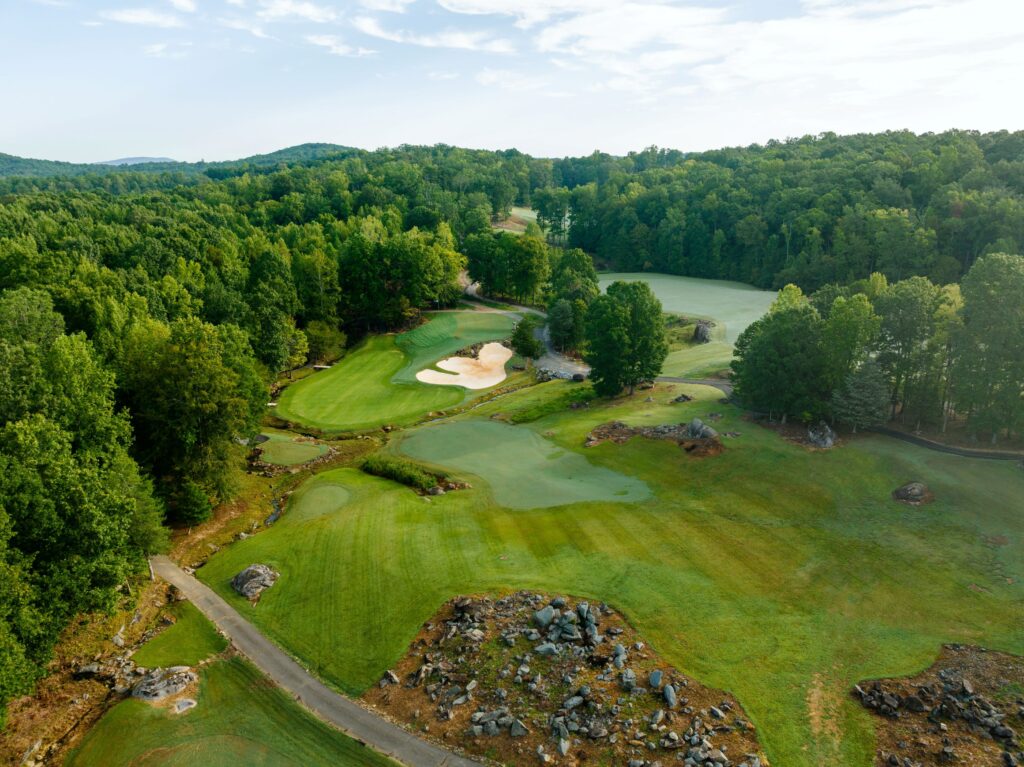
An Artist in the Dirt
Legends of the Pines

Breakfast Joints of the Sandhills

The Scottish Invasion

To Dornoch and Back
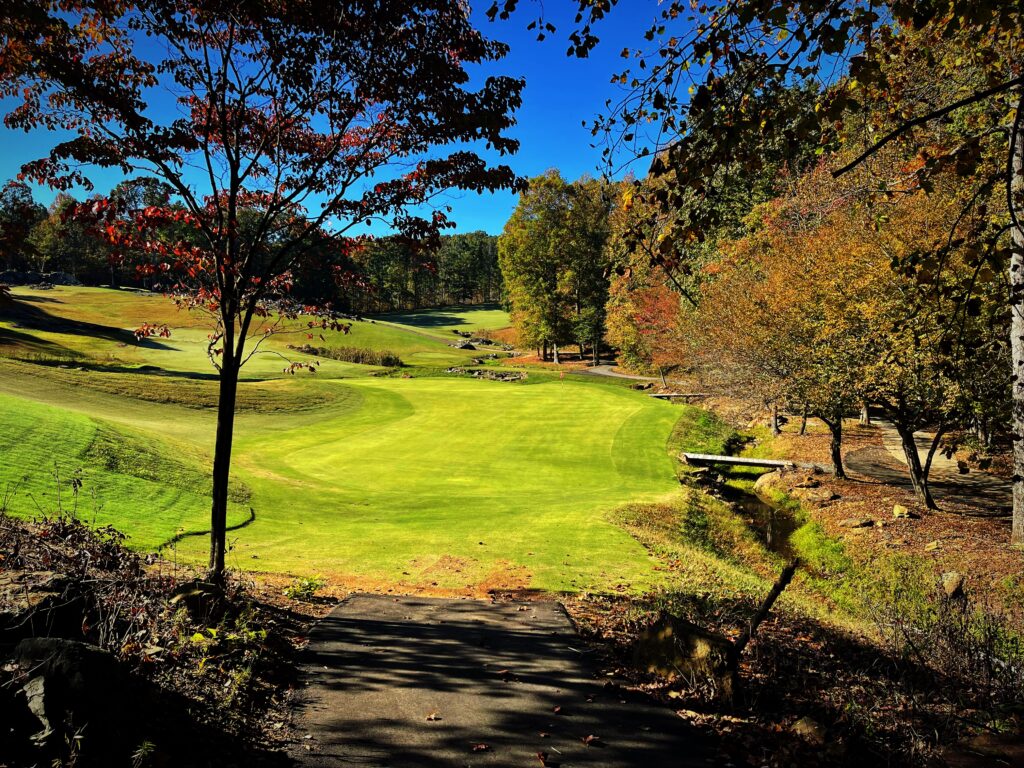
A “New” Pinehurst Welcomes the World in 2024
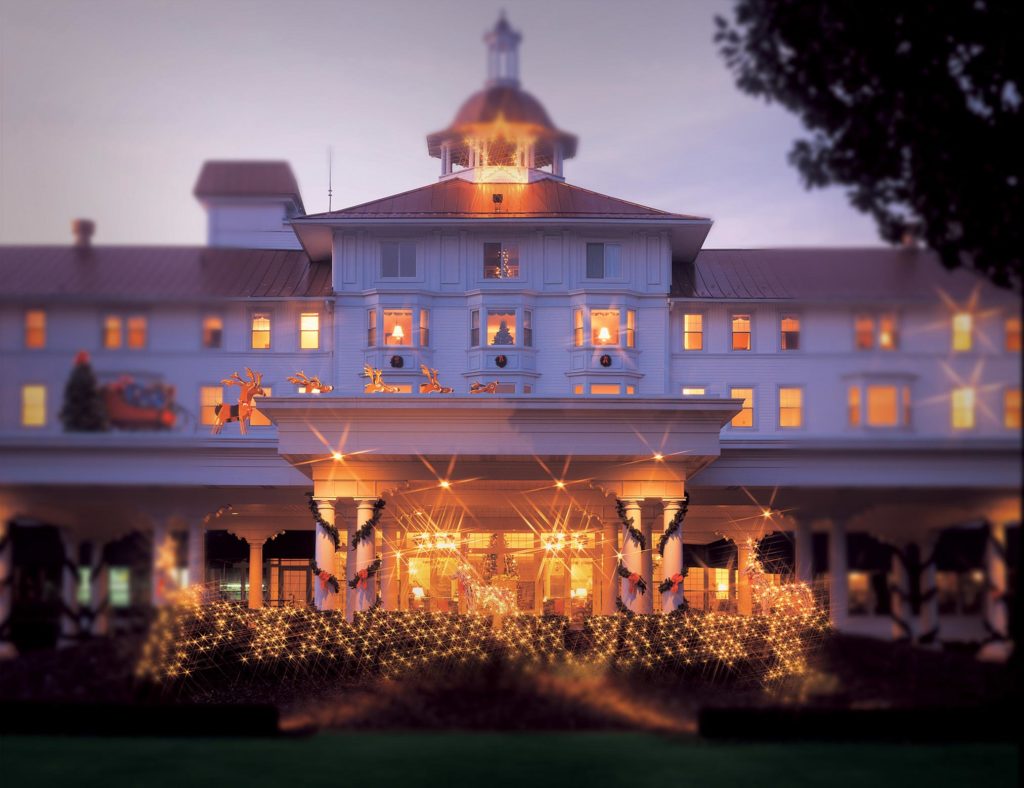
Pinehurst Holiday
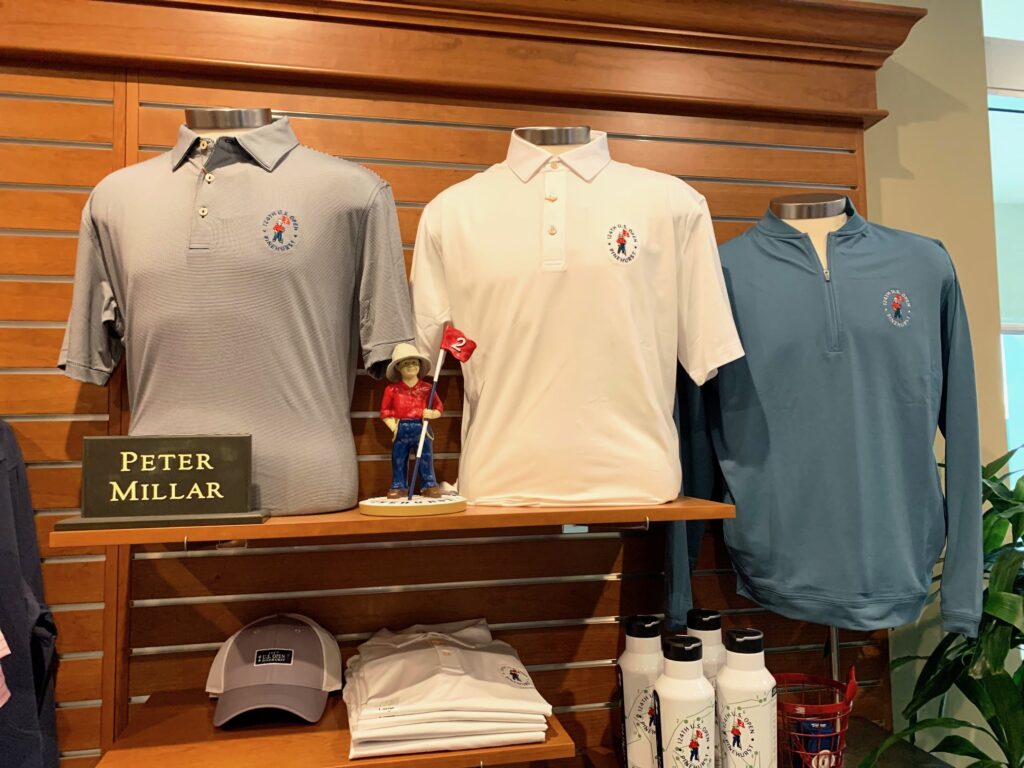
Golfers Gift Guide
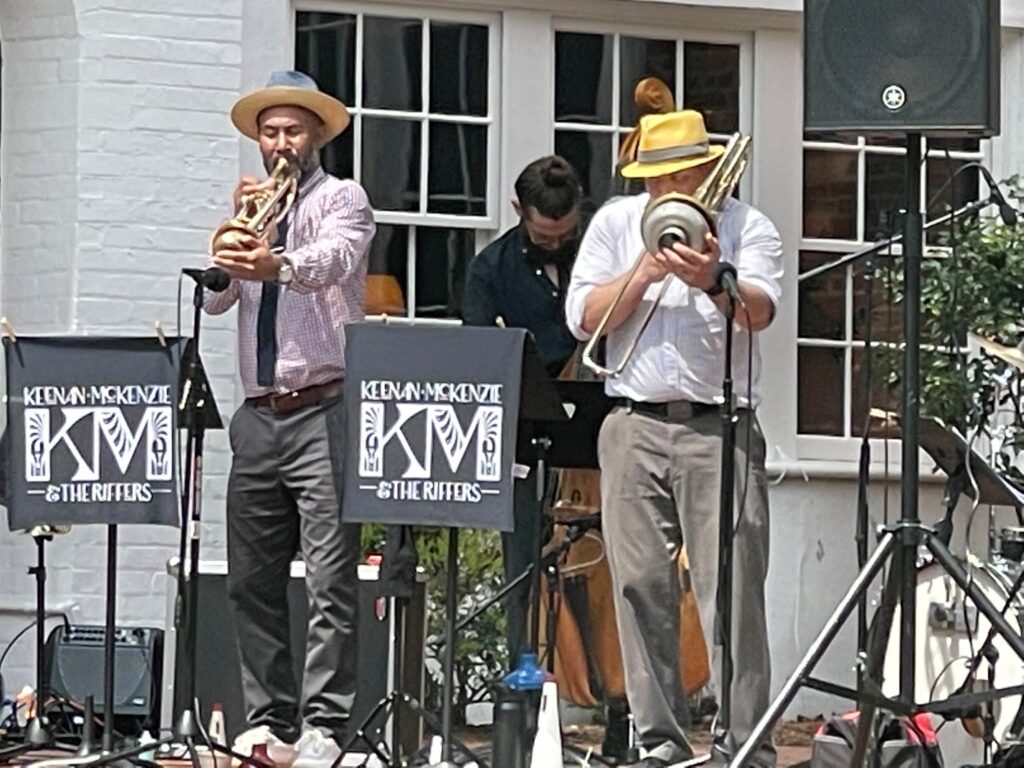
Sandhills Nightlife Scene

A U.S. Open Year
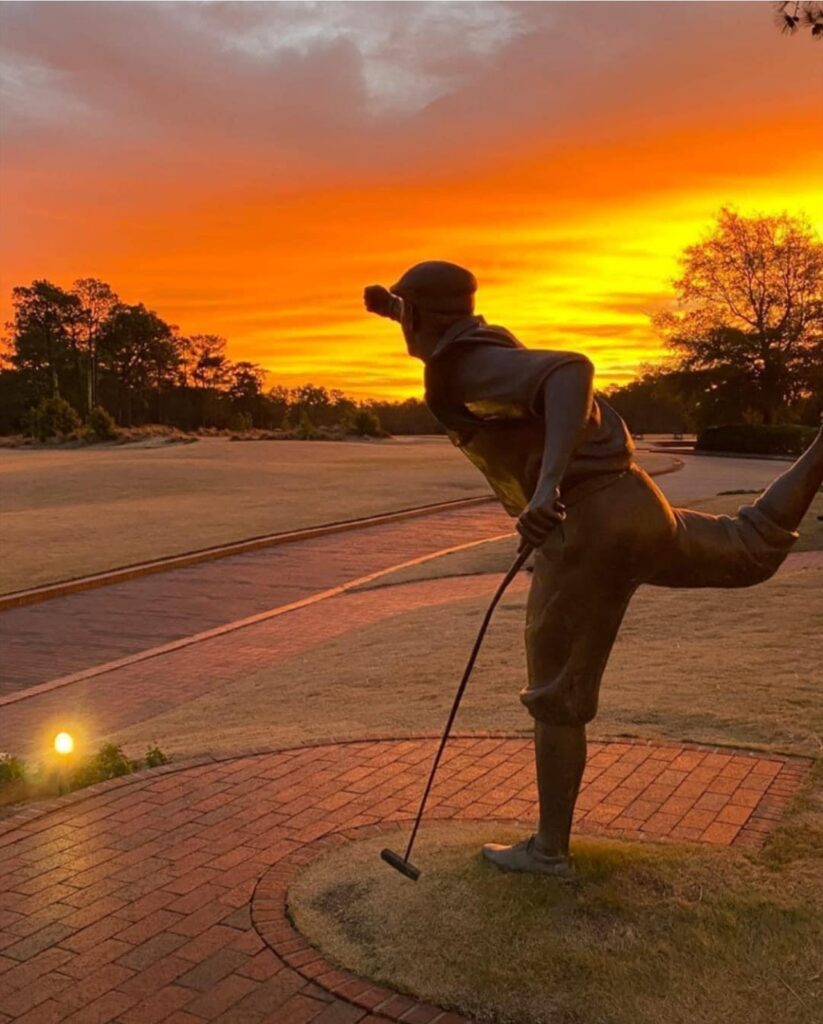
Payne at 25

Where to Antique in Cameron and Carthage

Girls’ Weekend in Moore County
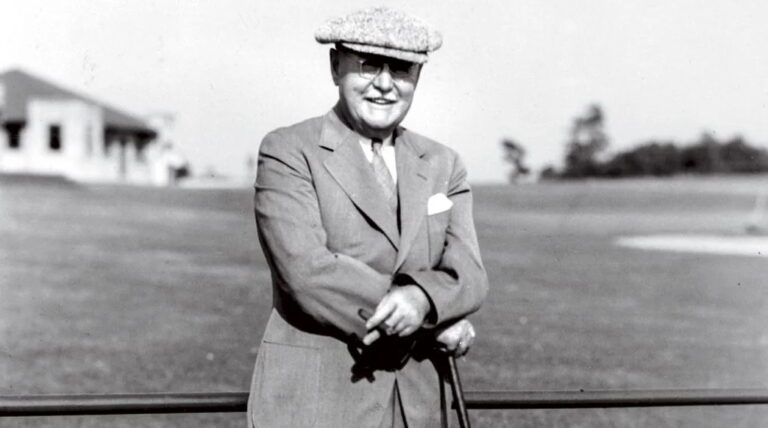
Sandhills Hall of Fame
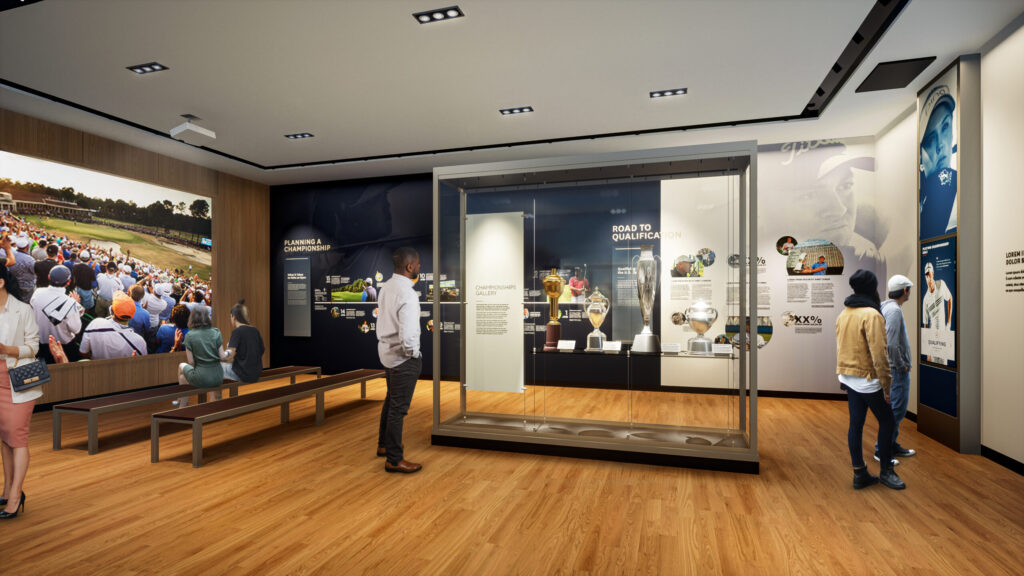
Hall of Fame Take Two
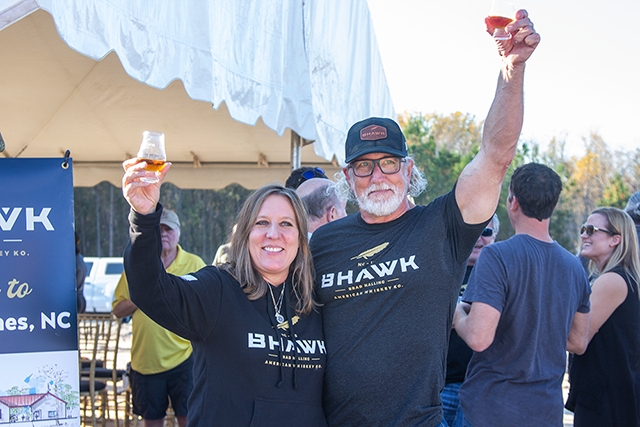
BHAWK Distillery Toasts Military Spirit

A Dozen Master Strokes
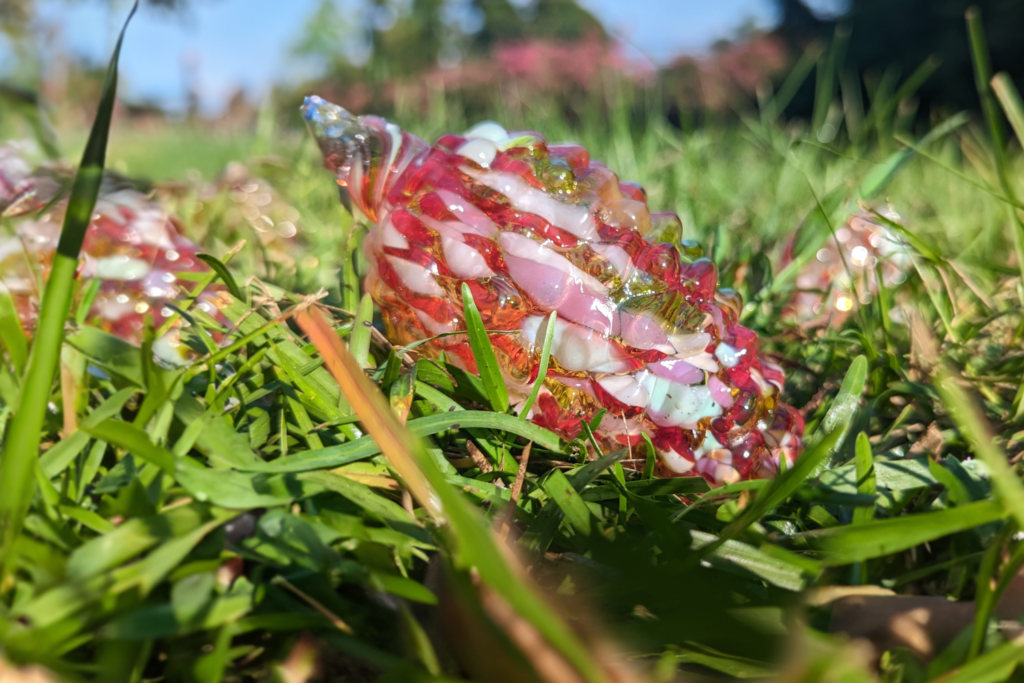
Popular Pinecone Pathways Returns for Spring 2024
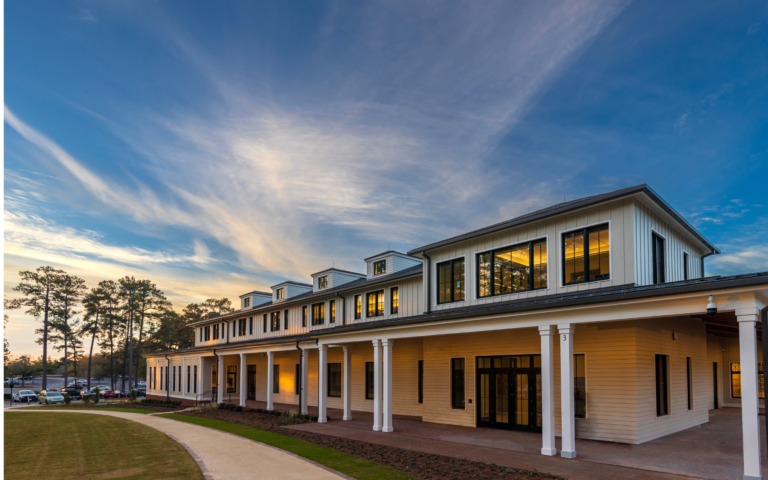
The Dynamic Decade
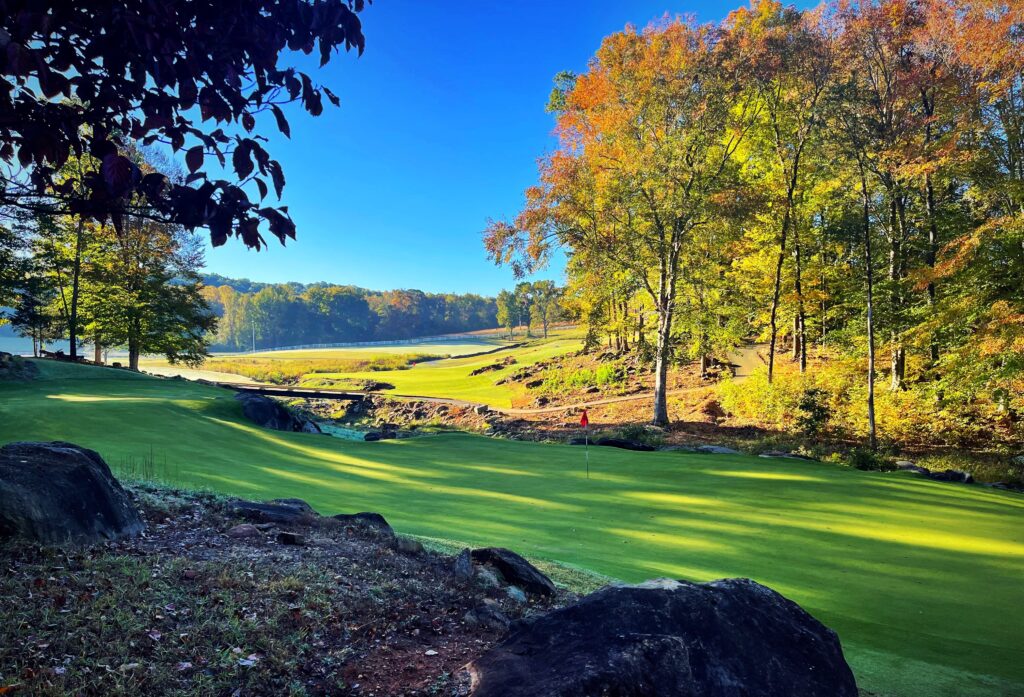
Sandhills Pours Double Dose
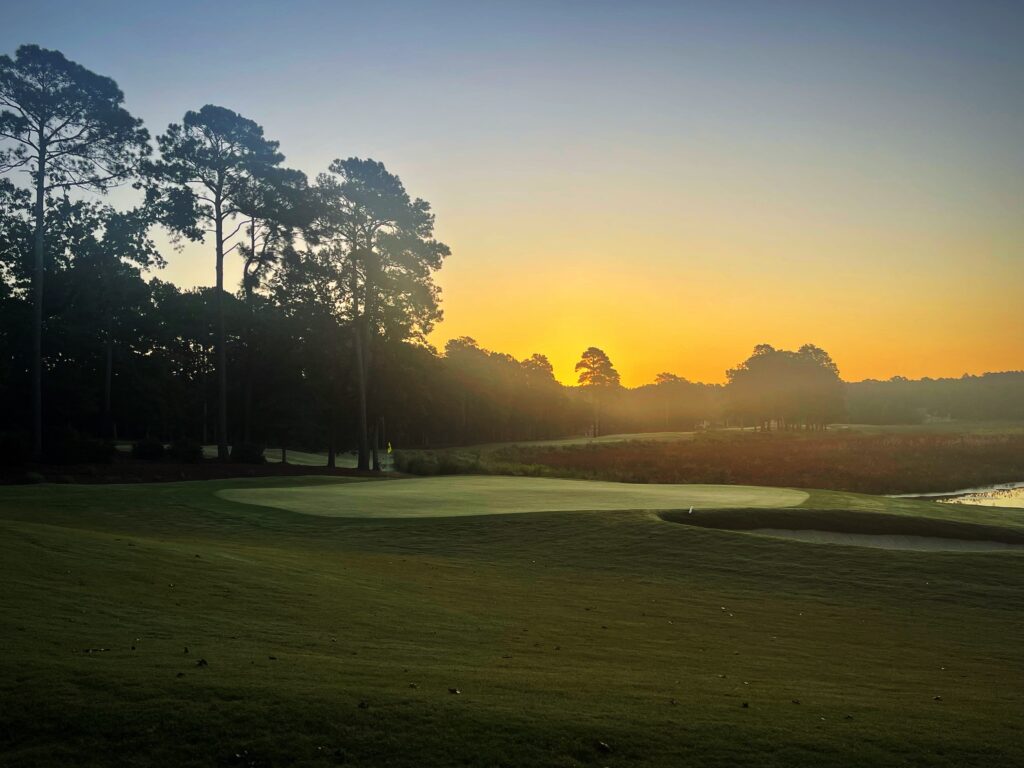
Rebirth at Woodlake
Pints in the Pines: A Guide to the Breweries of the Sandhills

